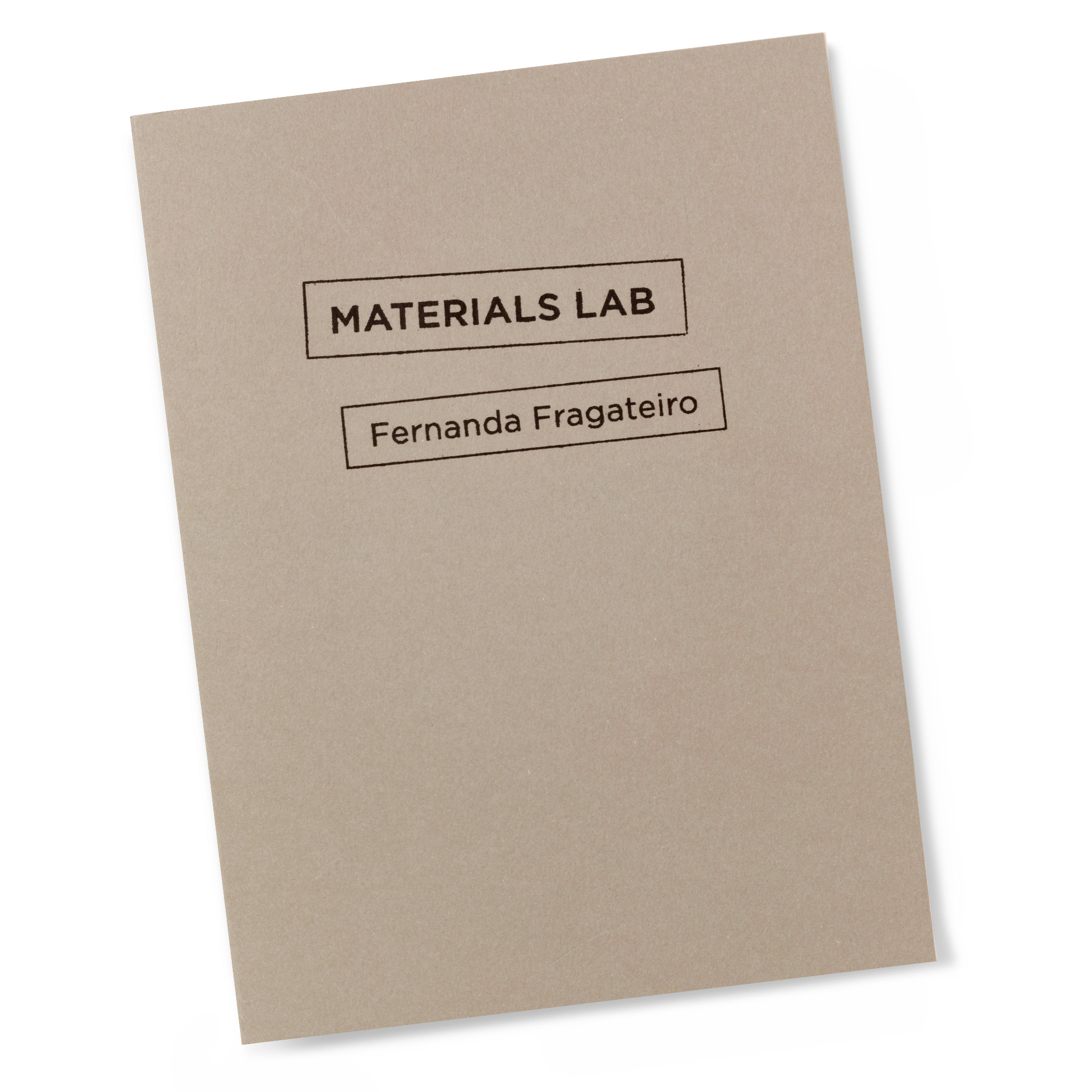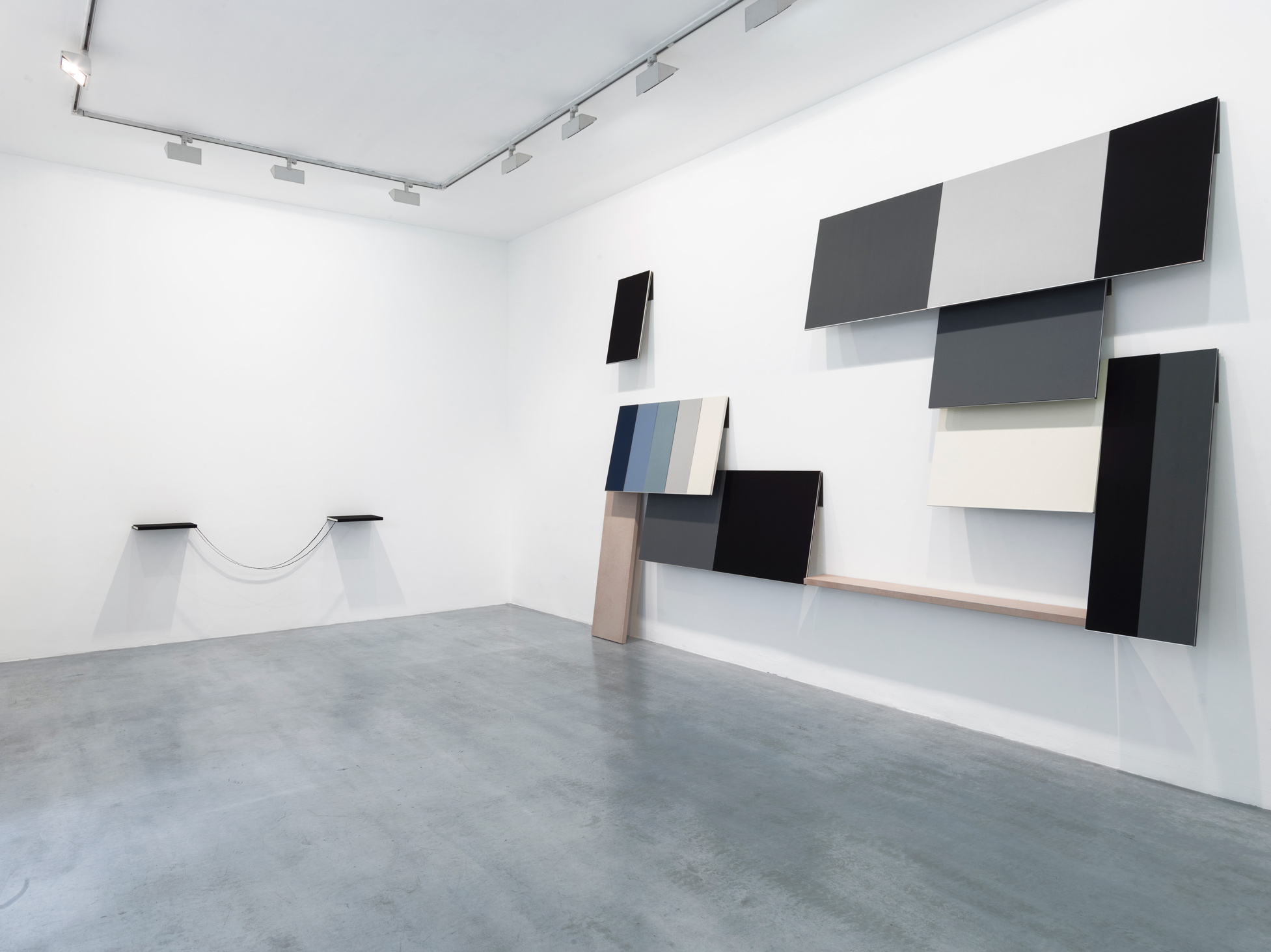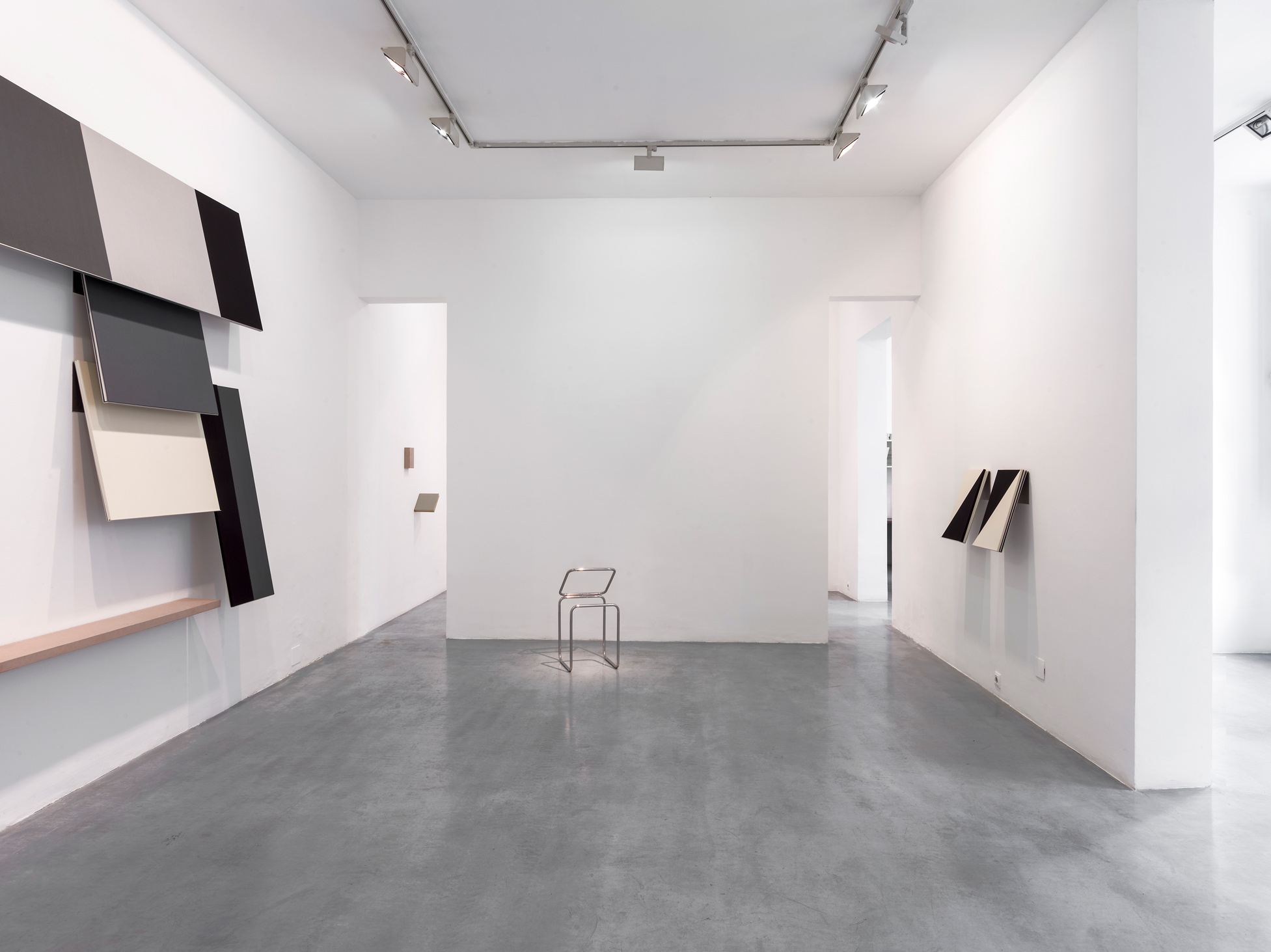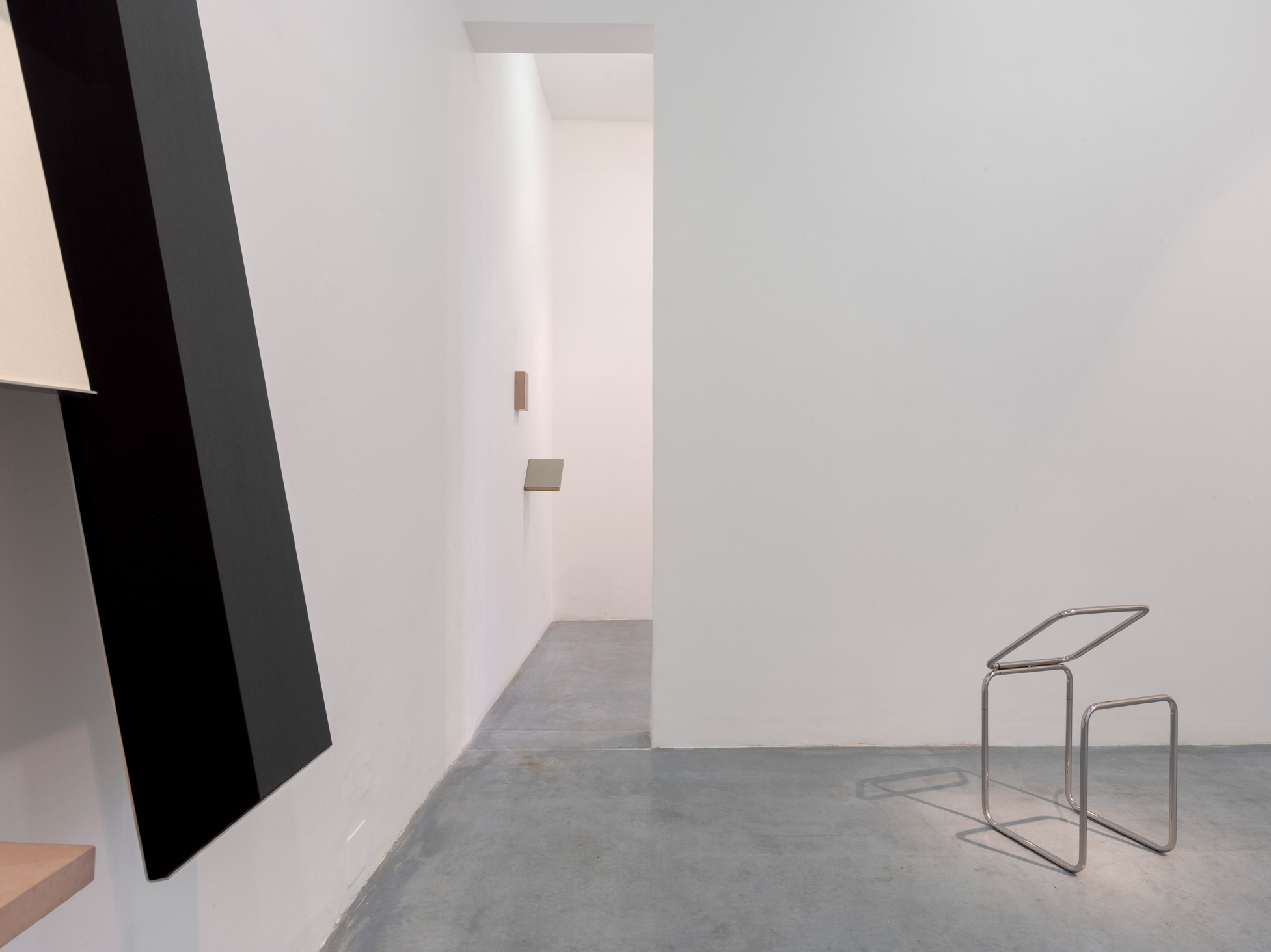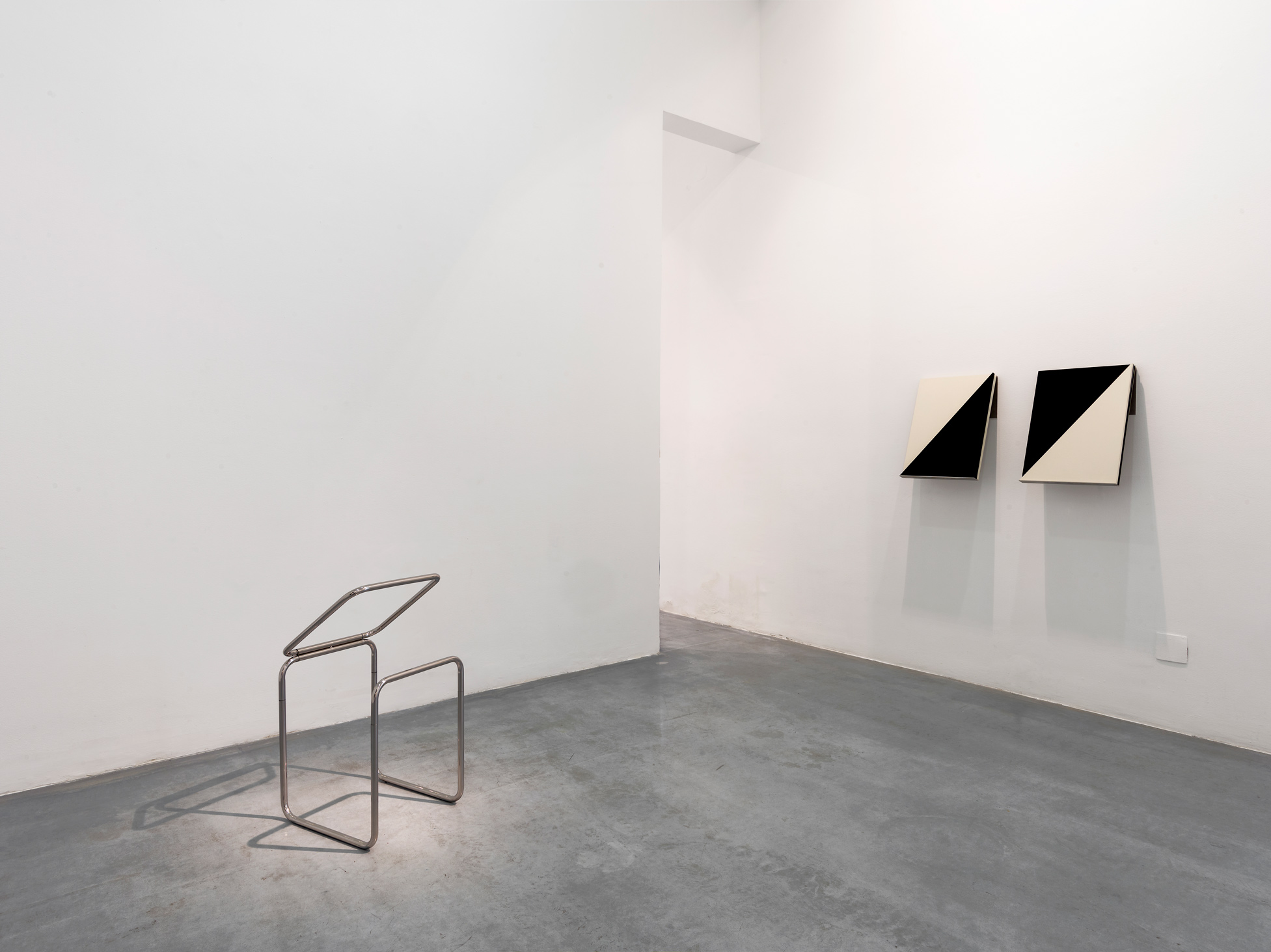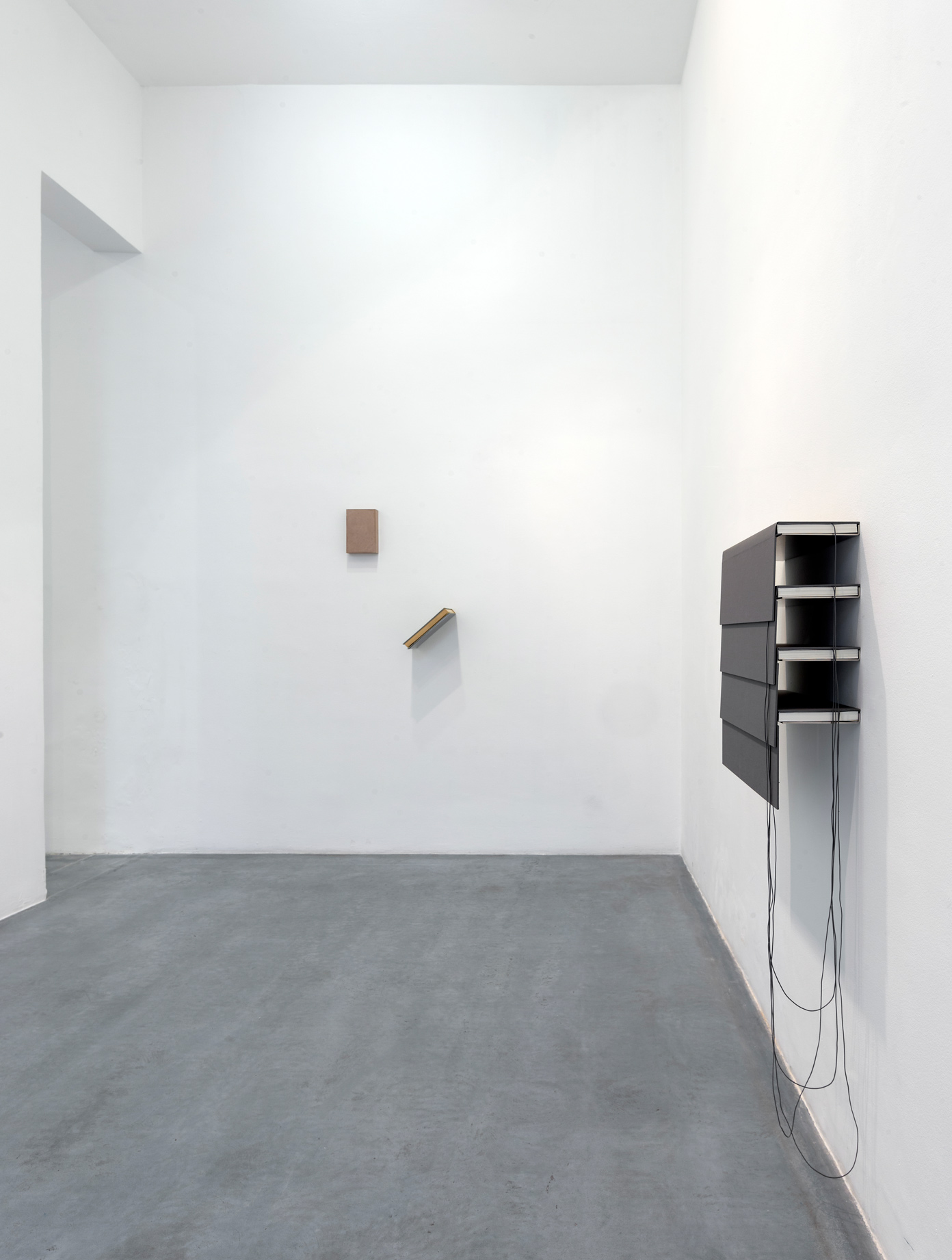
Materials Lab, 2015–2023
“First of all, artists should break rules. When I did my first Materials Lab in 2015 I was not thinking about documenting my work. I was thinking about how to talk about my work while not using images of the works themselves. Rather, I was showing the whole process of making the artwork: from ideas to research materials to construction materials. But, after all, the decision was mine. What to include, what to add, what to leave behind? I was wondering how to organise several boxes, each box referring to a specific piece containing archival objects and discarded materials of different origin that belonged to processes of research: silk threads, books, book segments, exhibition catalogues, models, text fragments, magazine pages, inkjet prints, notes, drawings, marble, steel, bricks, dirt, dust, among others. I was literally unpacking my artworks not knowing that I was creating another artwork.”
In Conversation With Fernanda Fragateiro On The Problem Of The Documentation Of The Contemporary Artwork, by Claudio Zecchi
“First of all, artists should break rules. When I did my first Materials Lab in 2015 I was not thinking about documenting my work. I was thinking about how to talk about my work while not using images of the works themselves. Rather, I was showing the whole process of making the artwork: from ideas to research materials to construction materials. But, after all, the decision was mine. What to include, what to add, what to leave behind? I was wondering how to organise several boxes, each box referring to a specific piece containing archival objects and discarded materials of different origin that belonged to processes of research: silk threads, books, book segments, exhibition catalogues, models, text fragments, magazine pages, inkjet prints, notes, drawings, marble, steel, bricks, dirt, dust, among others. I was literally unpacking my artworks not knowing that I was creating another artwork.”
In Conversation With Fernanda Fragateiro On The Problem Of The Documentation Of The Contemporary Artwork, by Claudio Zecchi

title, added 2021 for the {title} work






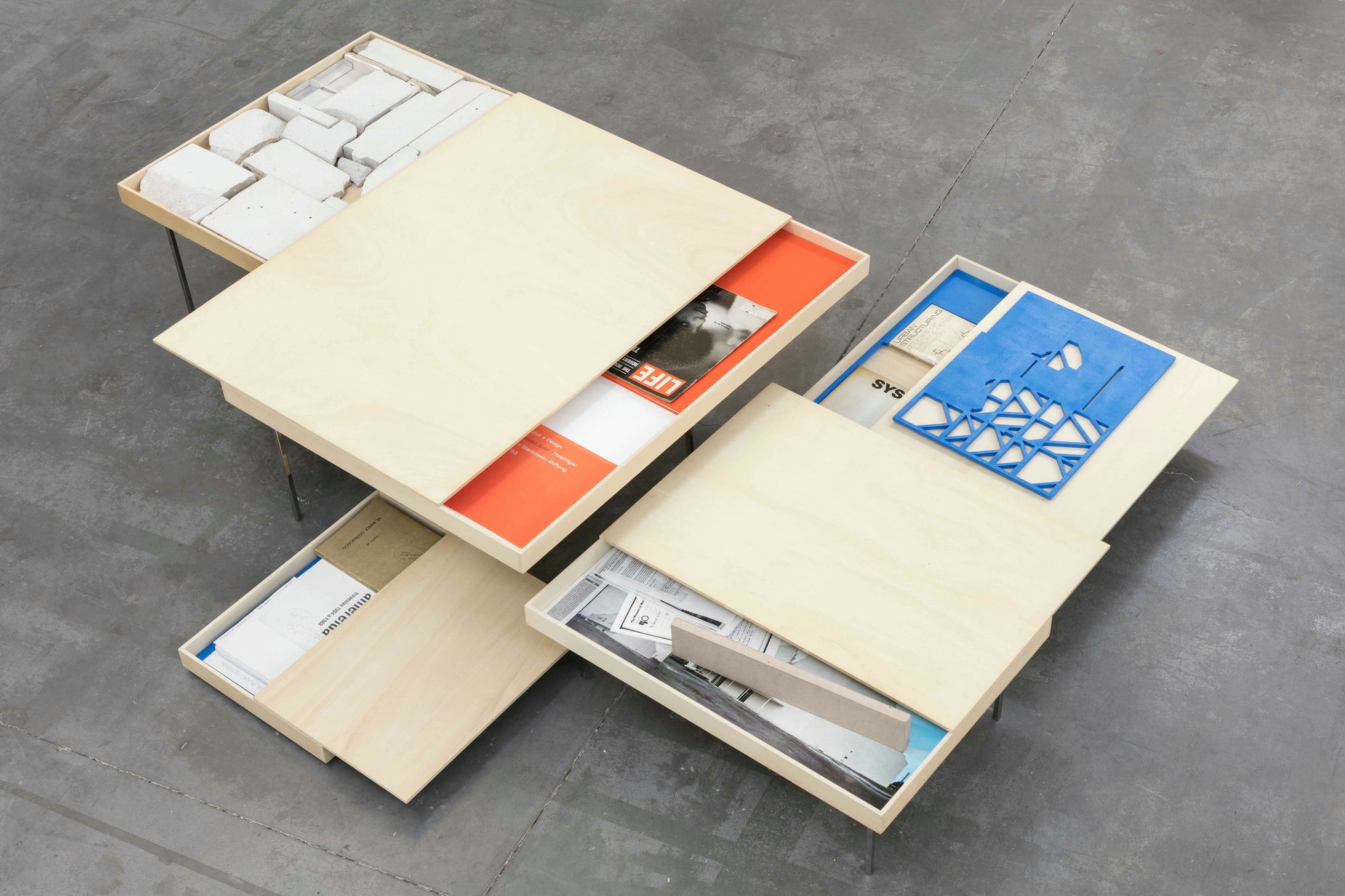



“[…] as a lexicon of the artist's references, helping us to understand her generically entitled Materials lab emerges, as a lexicon of the artist's references, helping us to understand her
connections to specific places, political struggles and the poetics of social transformation.”
“Materials Lab is composed of a wide variety of research materials from the artist’s projects over seven years. Within each box there are materials that relate to specific projects and reveal histories of individuals like Otti Berger or Lygia Clark. However, the artist is not presenting these materials as a ‘code to crack’ in order to reveal previous works or merely an exposé of a working process. Fragateiro presents a new kind of map that provides insight into her working processes and the worlds she explores. Materials Lab is a cartographic process that enables the artist and the viewer to see new connections, in time, space and history.”
“Materials Lab is composed of a wide variety of research materials from the artist’s projects over seven years. Within each box there are materials that relate to specific projects and reveal histories of individuals like Otti Berger or Lygia Clark. However, the artist is not presenting these materials as a ‘code to crack’ in order to reveal previous works or merely an exposé of a working process. Fragateiro presents a new kind of map that provides insight into her working processes and the worlds she explores. Materials Lab is a cartographic process that enables the artist and the viewer to see new connections, in time, space and history.”
A Paleta e o Mundo
Permanent site-specific intervention, Escola Secundária de Camões, Lisboa, 2024






In 2010, I was invited by architect João Pedro Fabio de Campos to collaborate on the project for the revitalization of the Camões Secondary School, a luminous project by architect Ventura Terra, with the task of bringing color to the space. I worked from the idea of restoration as a process that recovers space and memory, while simultaneously constructing history.
My intervention is expressed on the walls of classrooms, laboratories, and some common areas, through a monochromatic mural painting to which a date and a phrase are associated, revealing, in a non-linear way, an event. It is a relational grammar between semantics, form, and color that contaminates architectural space and thought. More than a compilation of shapes, colors, and events, this work exists as an archive that is activated every time someone questions it. It starts a conversation. Because that is what art does.
07.11.2022-14.11.2022 pelo clima unidos ocupamos, resistimos e lutamos por isso ficamos aqui
07.11.2022-14.11.2022 for the climate united we occupy, resist and fight, so we stay here
26.11.1967 cinco mil estudantes uniram-se num gesto enorme de solidariedade
26.11.1967 five thousand students united in a huge gesture of solidarity
(s/data) os alunos saíram da sala descalços para que fosse impossível descobrir a quem faltava um sapato
(n.d.) the students left the classroom barefoot so that it would be impossible to find out who was missing a shoe
1971-1972 sinais do tempo, chegaram ao liceu mais de quinhentas raparigas e uma vice-reitora
1971-1972 signs of the times, more than five hundred girls and a female vice-principal arrived at the school
1926-1929 algo, entretanto, acontecera. o mundo tornava-se maior e outra coisa
1926-1929 something had happened in the meantime. the world became bigger and something else
2019-2024 vieram mãos de muitos lugares para reparar o tempo. obrigade
2019-2024 hands came from many places to repair the time. thank you
My intervention is expressed on the walls of classrooms, laboratories, and some common areas, through a monochromatic mural painting to which a date and a phrase are associated, revealing, in a non-linear way, an event. It is a relational grammar between semantics, form, and color that contaminates architectural space and thought. More than a compilation of shapes, colors, and events, this work exists as an archive that is activated every time someone questions it. It starts a conversation. Because that is what art does.
07.11.2022-14.11.2022 pelo clima unidos ocupamos, resistimos e lutamos por isso ficamos aqui
07.11.2022-14.11.2022 for the climate united we occupy, resist and fight, so we stay here
26.11.1967 cinco mil estudantes uniram-se num gesto enorme de solidariedade
26.11.1967 five thousand students united in a huge gesture of solidarity
(s/data) os alunos saíram da sala descalços para que fosse impossível descobrir a quem faltava um sapato
(n.d.) the students left the classroom barefoot so that it would be impossible to find out who was missing a shoe
1971-1972 sinais do tempo, chegaram ao liceu mais de quinhentas raparigas e uma vice-reitora
1971-1972 signs of the times, more than five hundred girls and a female vice-principal arrived at the school
1926-1929 algo, entretanto, acontecera. o mundo tornava-se maior e outra coisa
1926-1929 something had happened in the meantime. the world became bigger and something else
2019-2024 vieram mãos de muitos lugares para reparar o tempo. obrigade
2019-2024 hands came from many places to repair the time. thank you
Photos: António Jorge Silva
On Love
Solo exhibition, Gallery Bienvenu Steinberg & C, 2024, New York




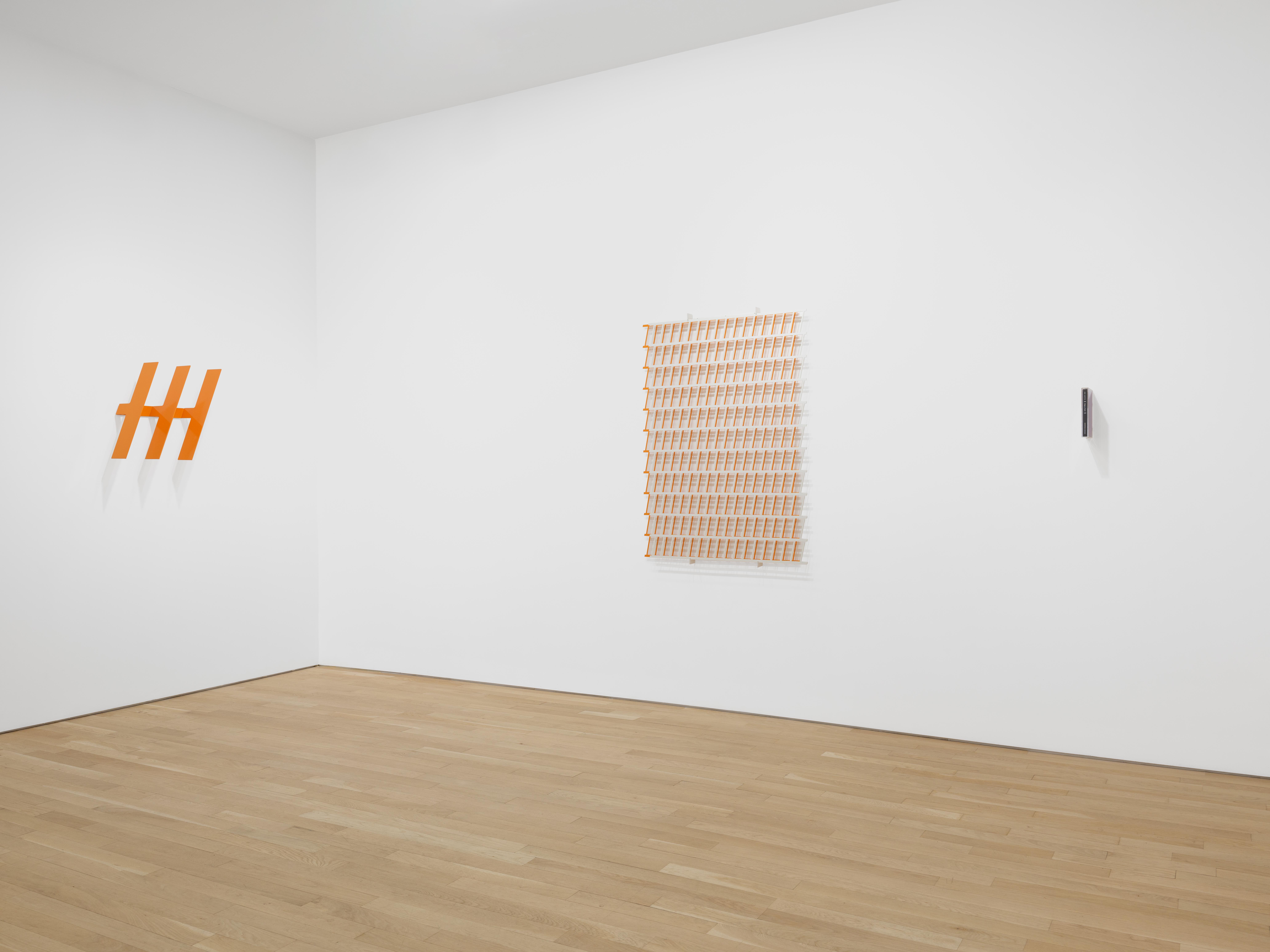
On Love, Fernanda
Fragateiro’s third exhibition with the gallery. Characterized by her interest in
rethinking and probing modernist practices, Fragateiro's work involves an
archaeological approach to the social, political, and aesthetichistory of
modernism. Through continuous research with material from archives,
documents,and objects, she establishes a nuanced political feminist position by
uncovering the architectural gestures of mostly absent female subjects. In the
annals of history, dormant things lie—unsaid, unfinished, discarded. Fragateiro
reexamines and renders them into three-dimensional form. On Love is a
constellation of conversations with women artists, architects, and
designers—from Elaine Lustig Cohen and Otti Berger, to Lina Bo Bardi and Alison
Smithson who, by becoming the caretakers for history, have been oftentimes
occluded from it.
Photos: courtesy of Bienvenu Steinberg & J
—
Works
My dream never has walls
Fernanda Fragateiro and Haleh Redjaian exhibition, Valerie Traan Gallery, 2023, Antwerp




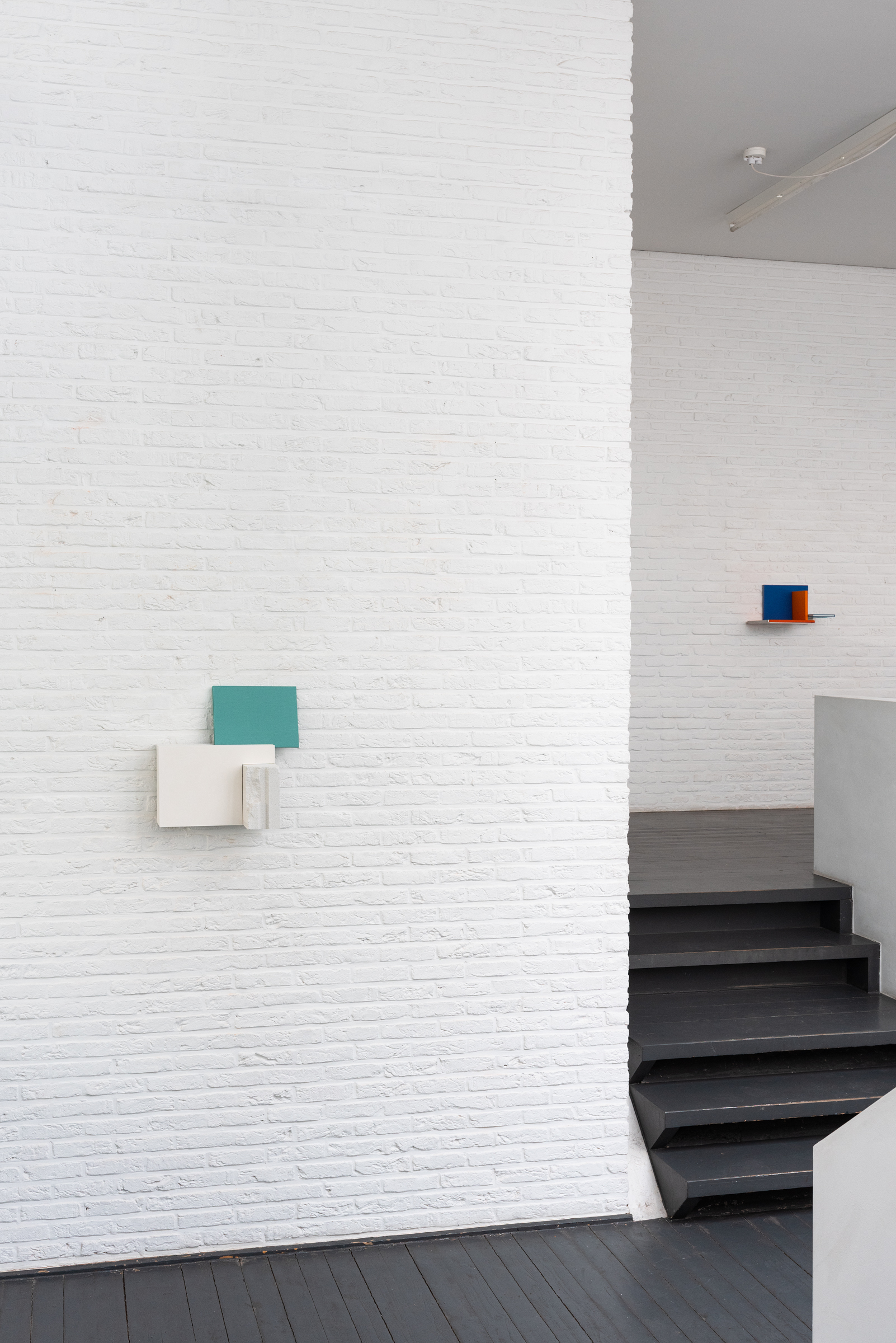
(...) A common inspiration for this exhibition is Lotte Stam-Beese
(1903-1988): an architect, urban planner and photographer. Born in German
Silesia (now Poland), Lotte Beese enrolled as a student at the Bauhaus in
Dessau to study weaving. Prejudices about women studying subjects that were
dominated by and previously reserved for men, led female students into branches
that were considered ‘feminine’. When Hannes Meyer succeeded Walter Gropius as
director, Beese became the first woman to study in the building department. During
the interwar years she worked consecutively in architect’s offices in Berlin,
Moscow, Charkov, Brno, and Amsterdam, and married Dutch architect Mart Stam.
After their divorce she kept the name because this affiliation could give
her a head start as an independent female architect in the Netherlands. From
1946, as chief-architect at the Agency for Urban Development and Reconstruction
of Rotterdam, Stam-Beese worked on several (social) housing districts around
the city. On the one hand, she kept on working with the universalist, rational
principals of Functionalist architecture. On the other hand, she developed
concepts (e.g. ‘neighborhood’ and ‘cluster’) to integrate notions of locality,
diversity, complexity into her architectural grids. (...)
Frank Maes
Frank Maes
Photos: Juan Baraja
—
Works
Escola Clandestina
Solo exhibition, Galeria Elba Benítez, 2023, Madrid
Curated by George Stolz




Escola Clandestina centers around a series of sculptures that incorporate rubble from buildings demolished in Lisbon during the city’s current wave of construction and voracious real estate speculation; for Fragateiro, the traces of historical memory the rubble contains highlight the rupture, often violent, between past ideologies and present realities. Retrieved and repurposed within autonomous works of sculpture (among other compositional elements, some found, others newly fabricated), the functionless rubble can “assert” itself in ways it could not while functional, expressing its formal and material qualities as well as the social, political and economic themes it encapsulates. Moreover, the works’ rough-edged yet delicate geometrical abstractions overtly recall architecture plans — indeed, some of the compositions are based directly on floor plans by the German-Dutch architect Lotte Stam-Beese, one of the first women to study architecture at the Bauhaus and later a significant figure in the post-WWII urban development in Rotterdam — furthering the cycles of historical linkage and conceptual layering.
George Stolz
George Stolz
Photos: Luis Asin
—
Works
The New Man, The Announcer, The Constructor. El lissitzky: The Self-Portrait as the Kestner Gesellschaft
Group exhibition, Kestner Gesellschaft, 2023, Hannover
Curated by Adam Budak



In hall 3 of Kestner Gesellschaft Gallery, the artist presented (e)motion still, an installation made of several vertical elements that created graceful geometric figures reaching up to the ceiling. The piece is made of tubular, polish and painted stainless steel and they are suspended from de ceiling and can have different configurations in space.
Photos: Volker Crone
—
Works
Em bruto: relações comoventes
Solo exhibition,
Fundacão Centro Cultural de Belem, 2023, Lisbon
Curated by Alfredo Puente



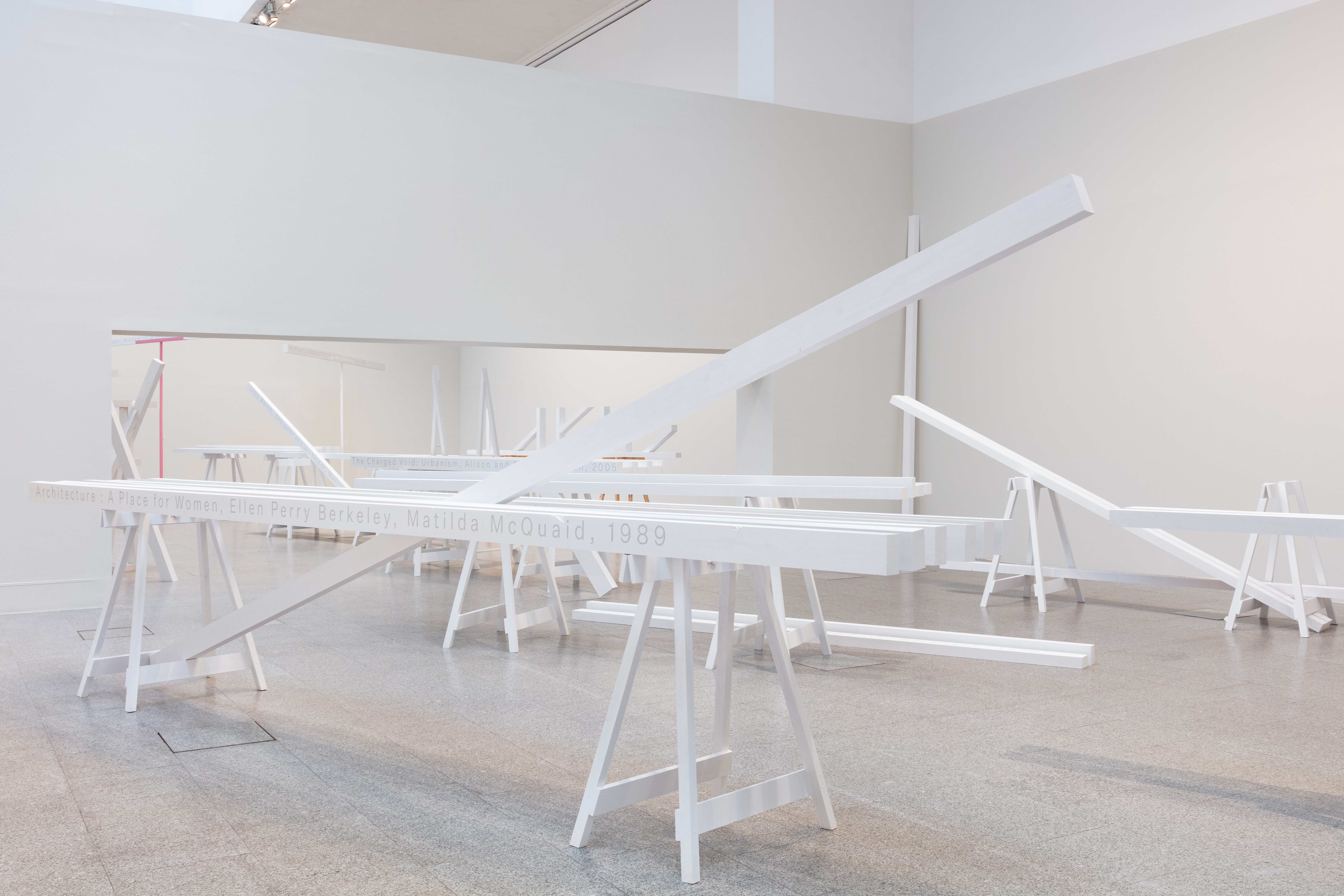
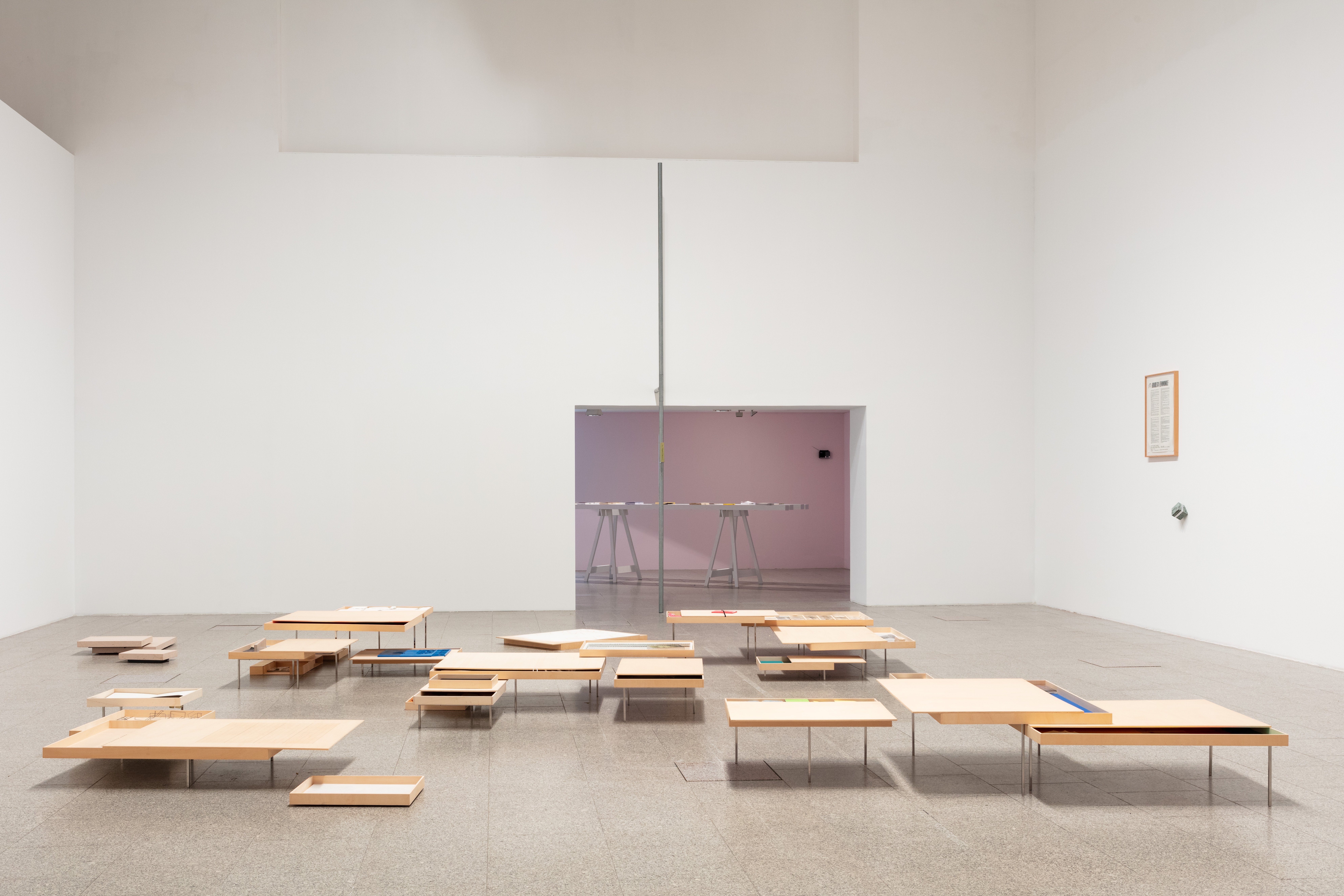



Em Bruto: Relações Comoventes, is a project that remains in constant evolution. Beginning in 2020 as a commission through the curatorial area of the Fundación
Cerezales Antonino y Cinia. The project correlates a wide
range of concepts with the
powerful political and poetic
charge that has been present
throughout Fragateiro’s
work.
“Seeing, touching and drawing are actions that can ramify the future, and the “construction site” embodies the artist’s intention to build and model this future together. It places us in an expectant territory between sculpture, architecture, and drawing, and invites us to observe ourselves within it.” by Alfredo Puente
Photos: António Jorge Silva
—
Works
Em bruto: relações comoventes
Solo exhibition,
Fundación Cerezales Antonino y Cinia, 2022, Léon
Curated by Alfredo Puente

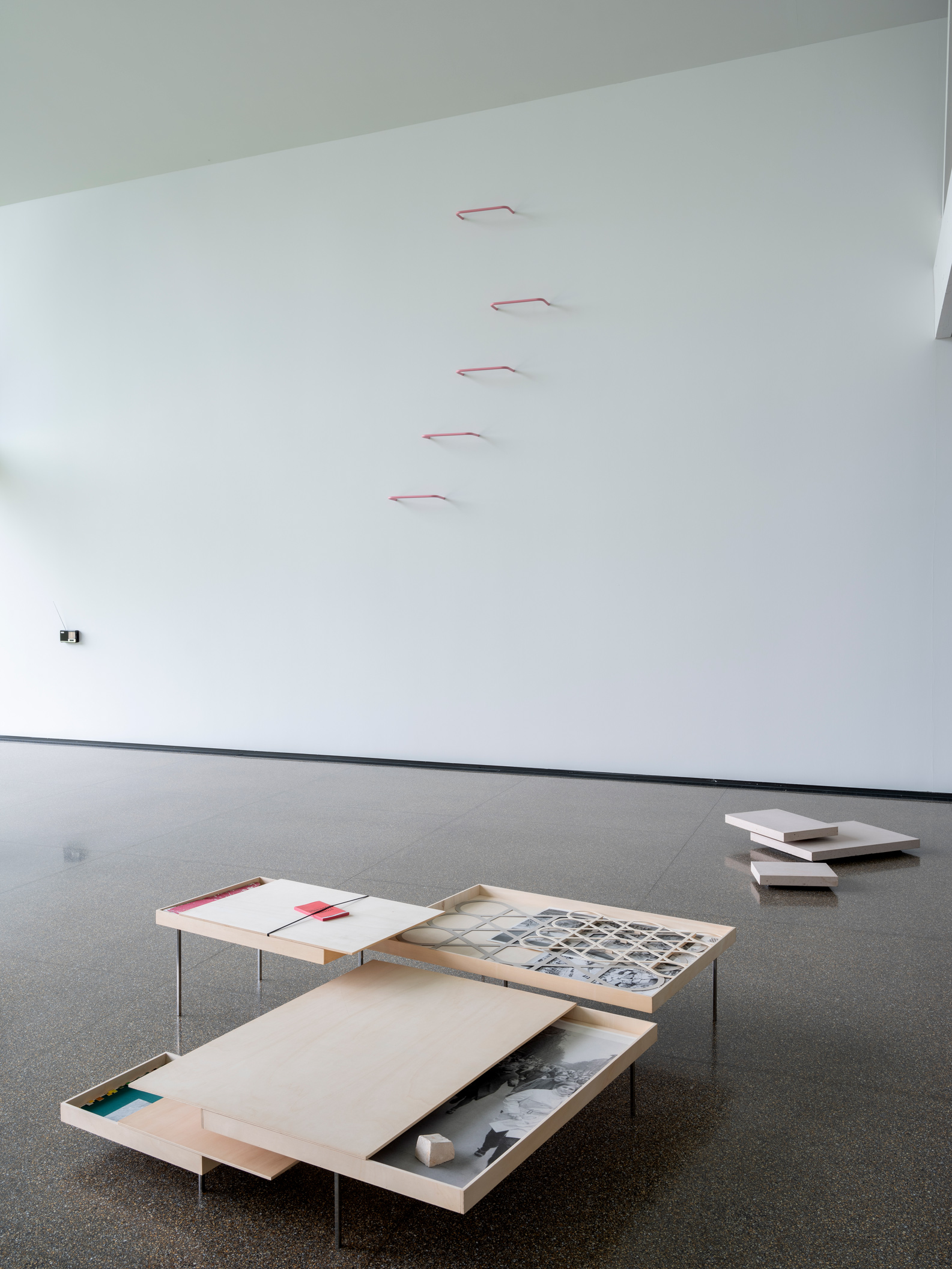






Photos: Juan Baraja
—
Works
Singular Plural
Solo exhibition, Irène Laub Gallery, Brussels,
2021
Curated by Gregory Lang
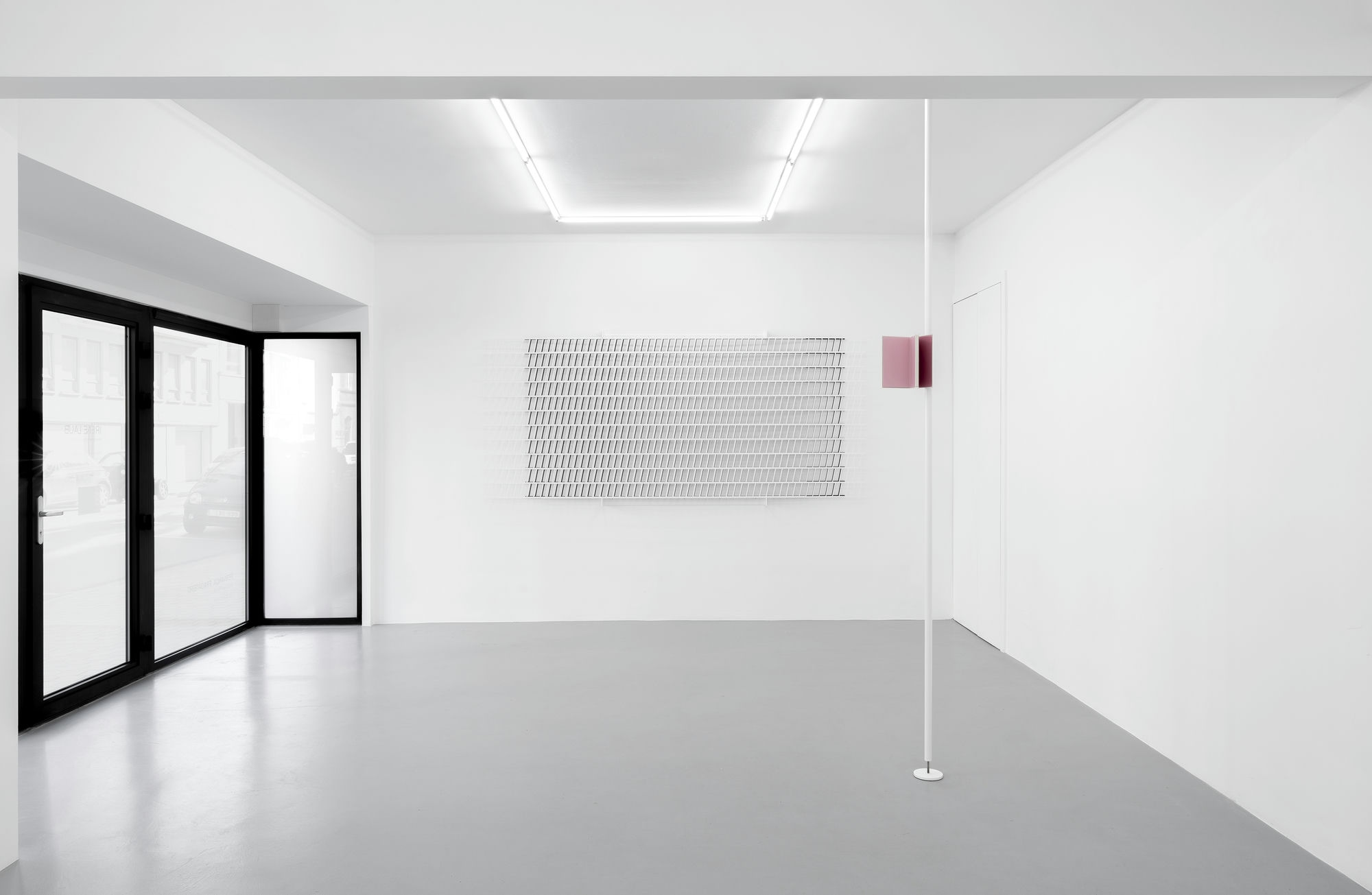
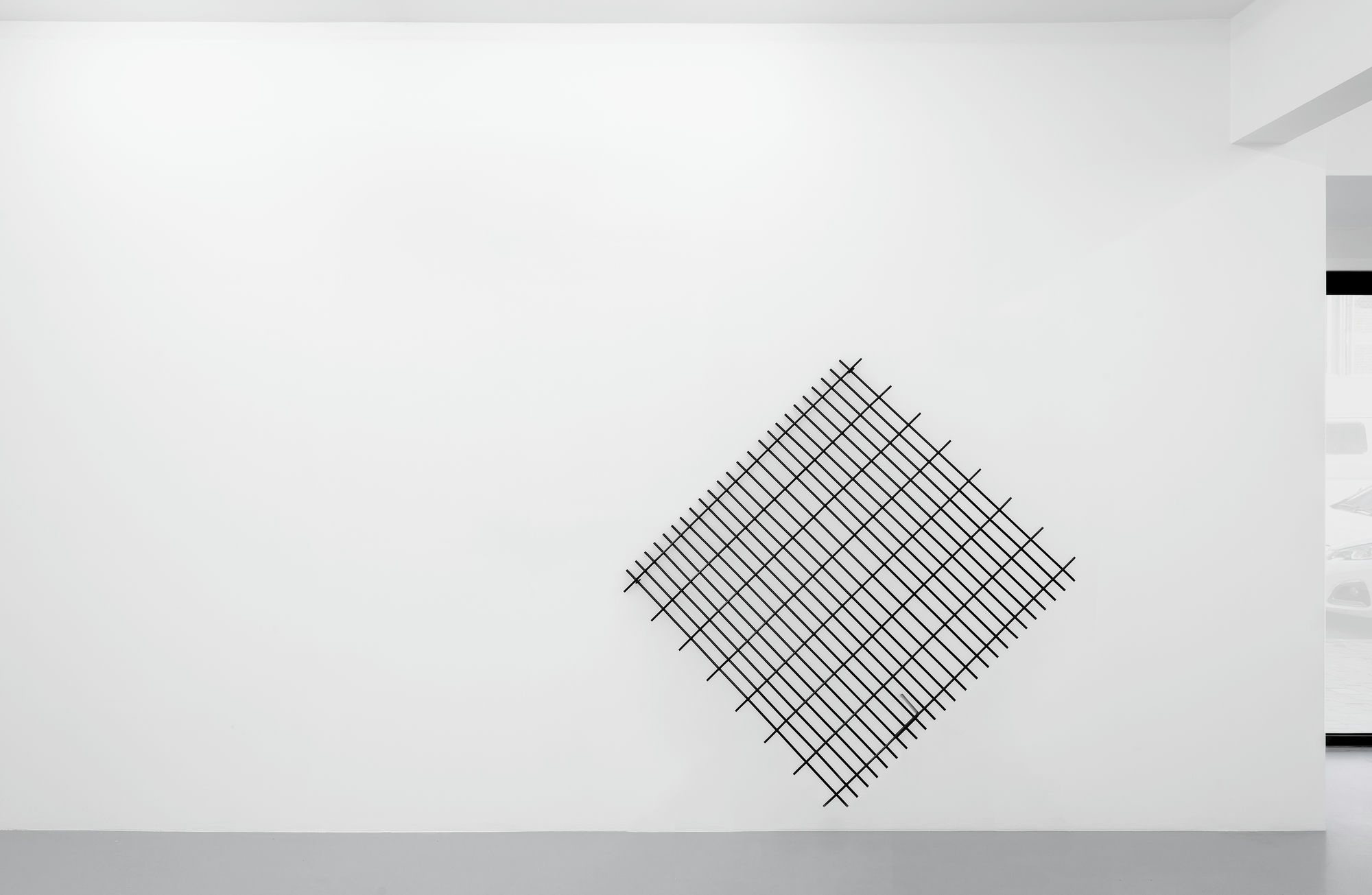

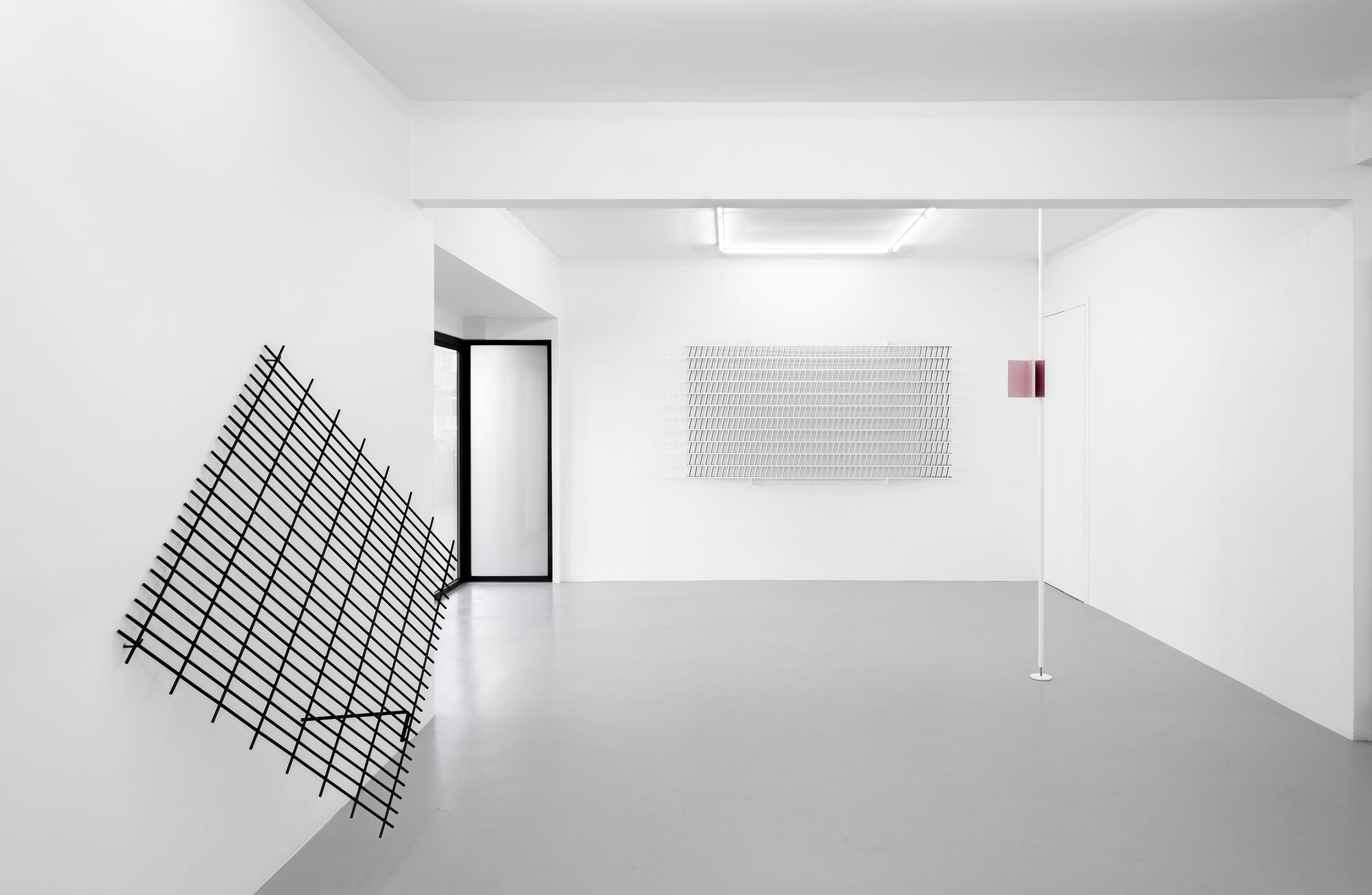
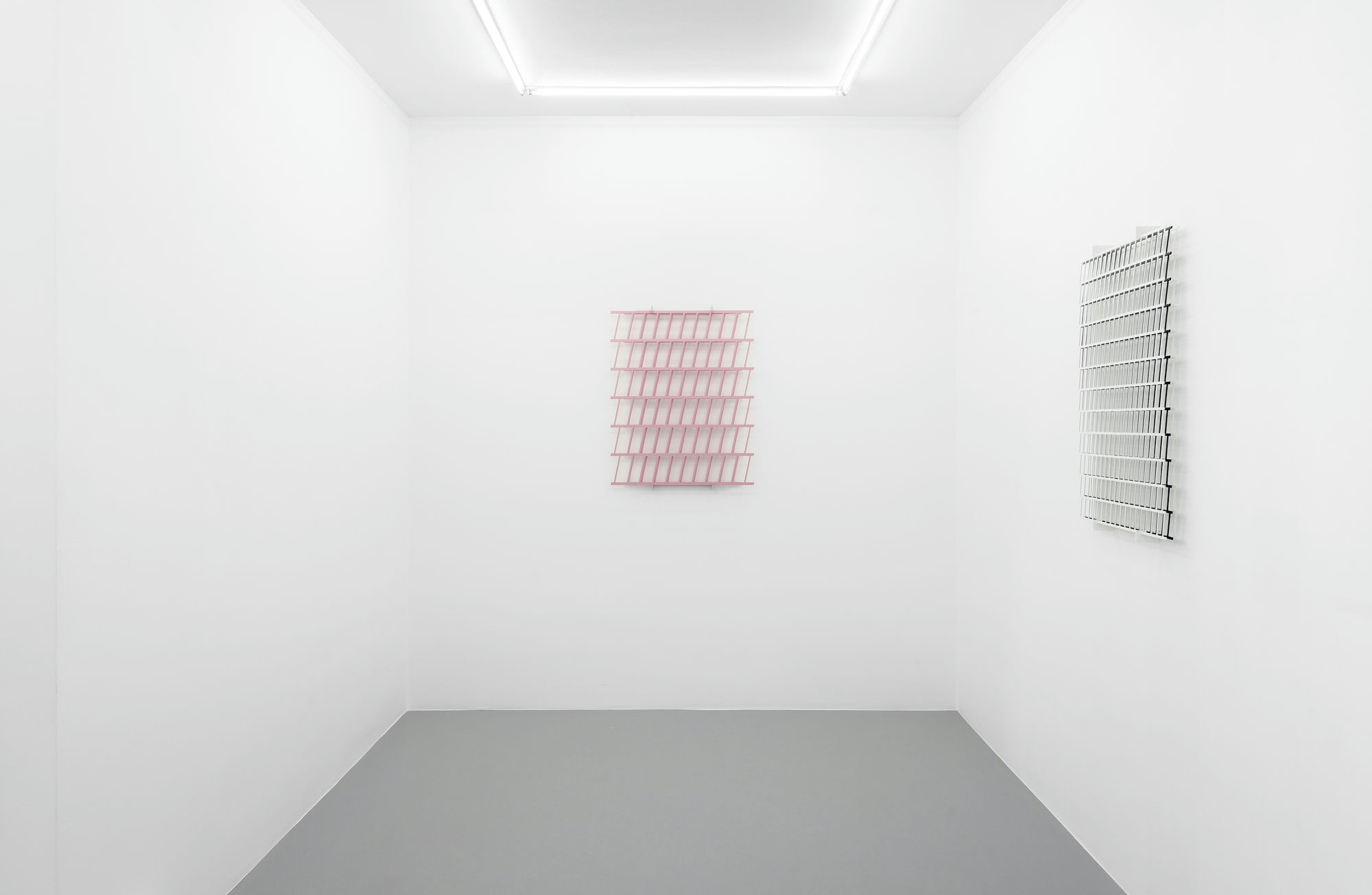


Photos: Bruno Lopes
—
Works
A Cidade Incompleta
Solo exhibiton, Museu
de Arte Contemporânea de Elvas, Elvas, 2021
Curated by Delfim Sardo

“This exhibition by Fernanda Fragateiro was specifically designed for MACE space, trying that each room has a specific ambience through a different element of our relationship with space. Throughout the exhibition, a set of objects (generically entitled Materials Lab) emerges, as a lexicon of the artist's references, helping us to understand her connections to specific places, political struggles, and the poetics of social transformation.”
“A Cidade Incompleta”
Text by Delfim Sardo
“A Cidade Incompleta”
Text by Delfim Sardo





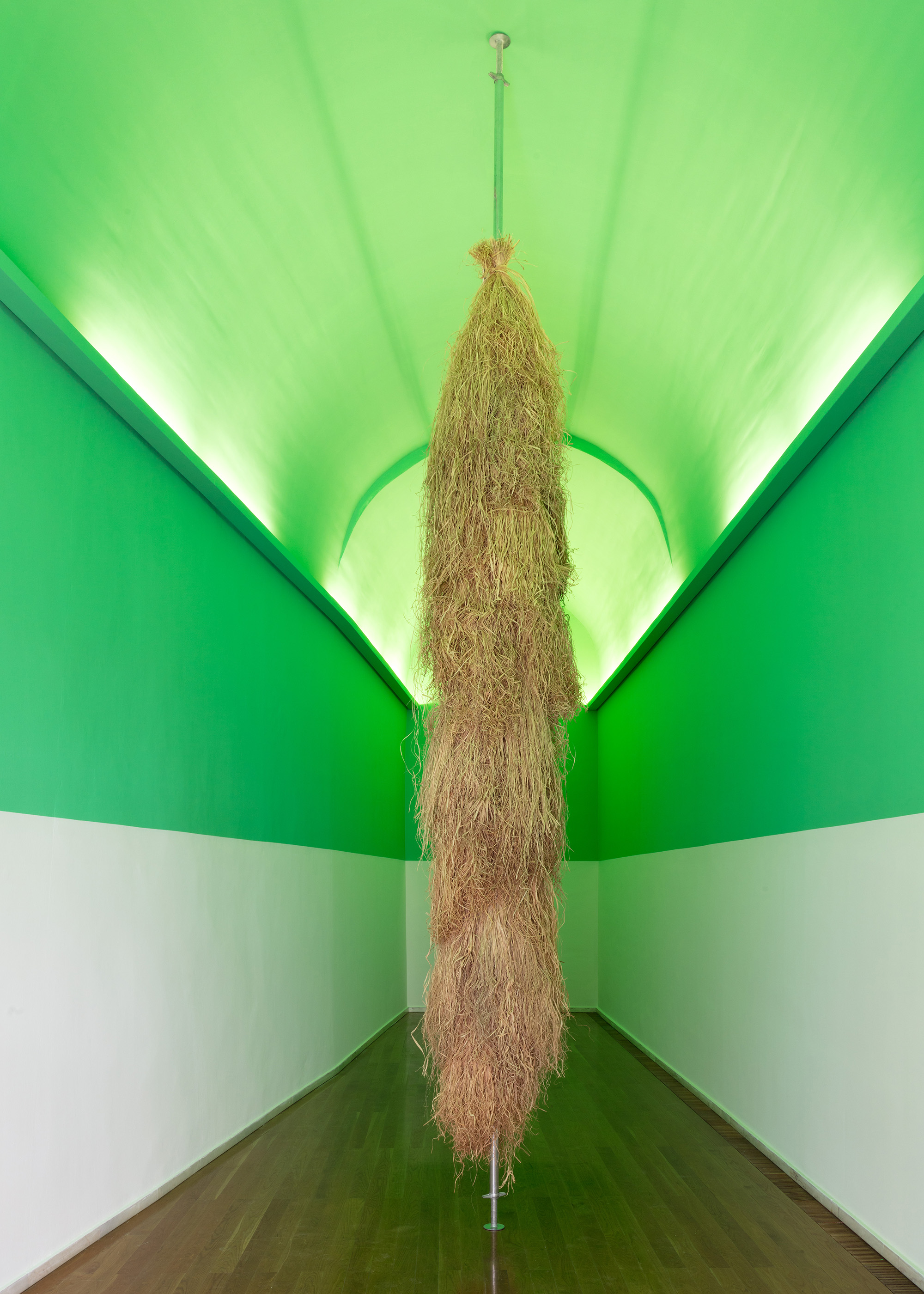
Photos:
António Jorge Silva
—
Works
Pitching itself a tent where they all may enter
Group exhibition, Centro de Arte Quetzal, Vidigueira,
2021
Curated by Aveline de Bruin and Luiza Teixeira de
Freitas

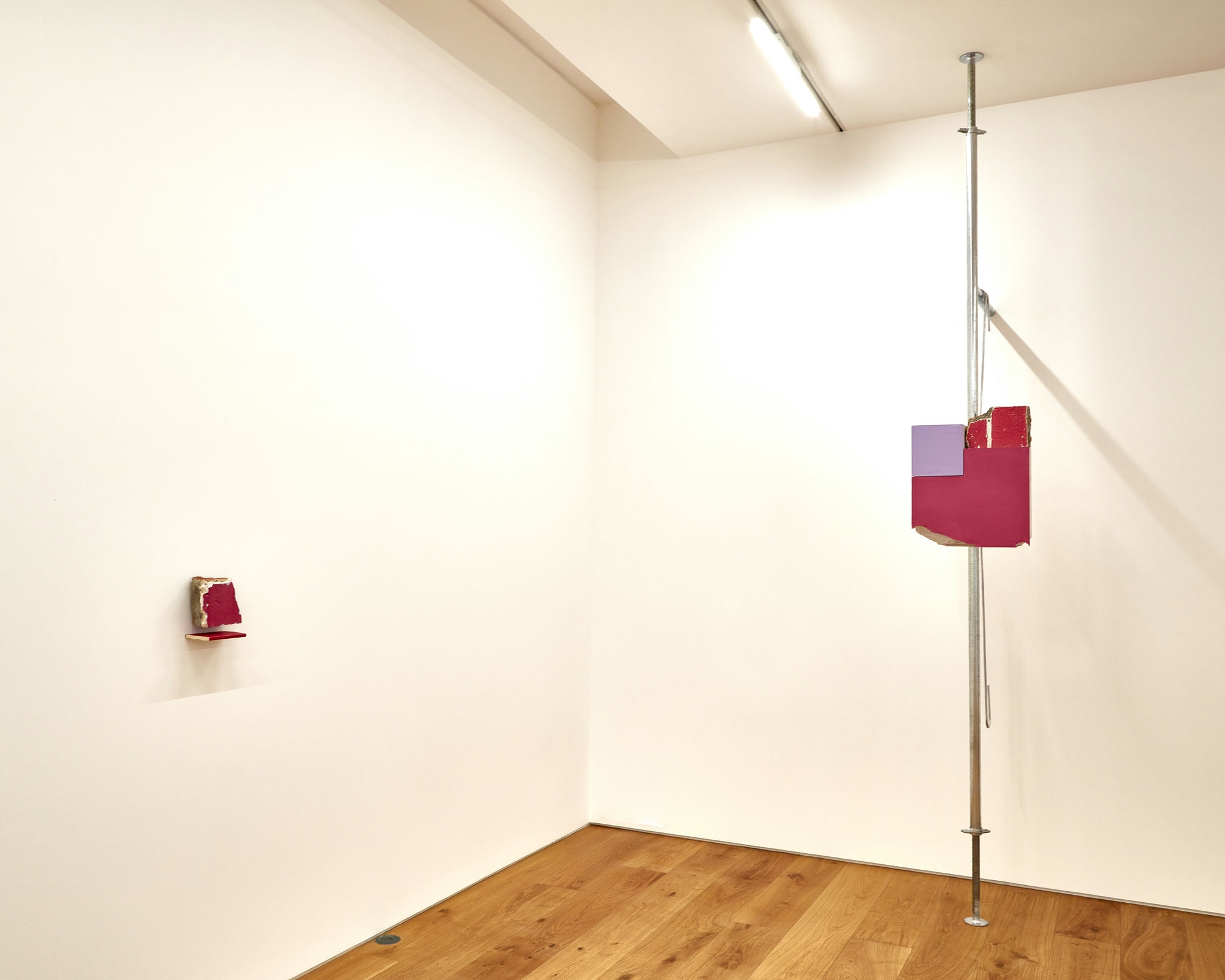



Photos: Gonçalo F. Santos
—
Works
Monotony is Nice
Solo exhibition, Galeria Filomena Soares, Lisbon, 2020

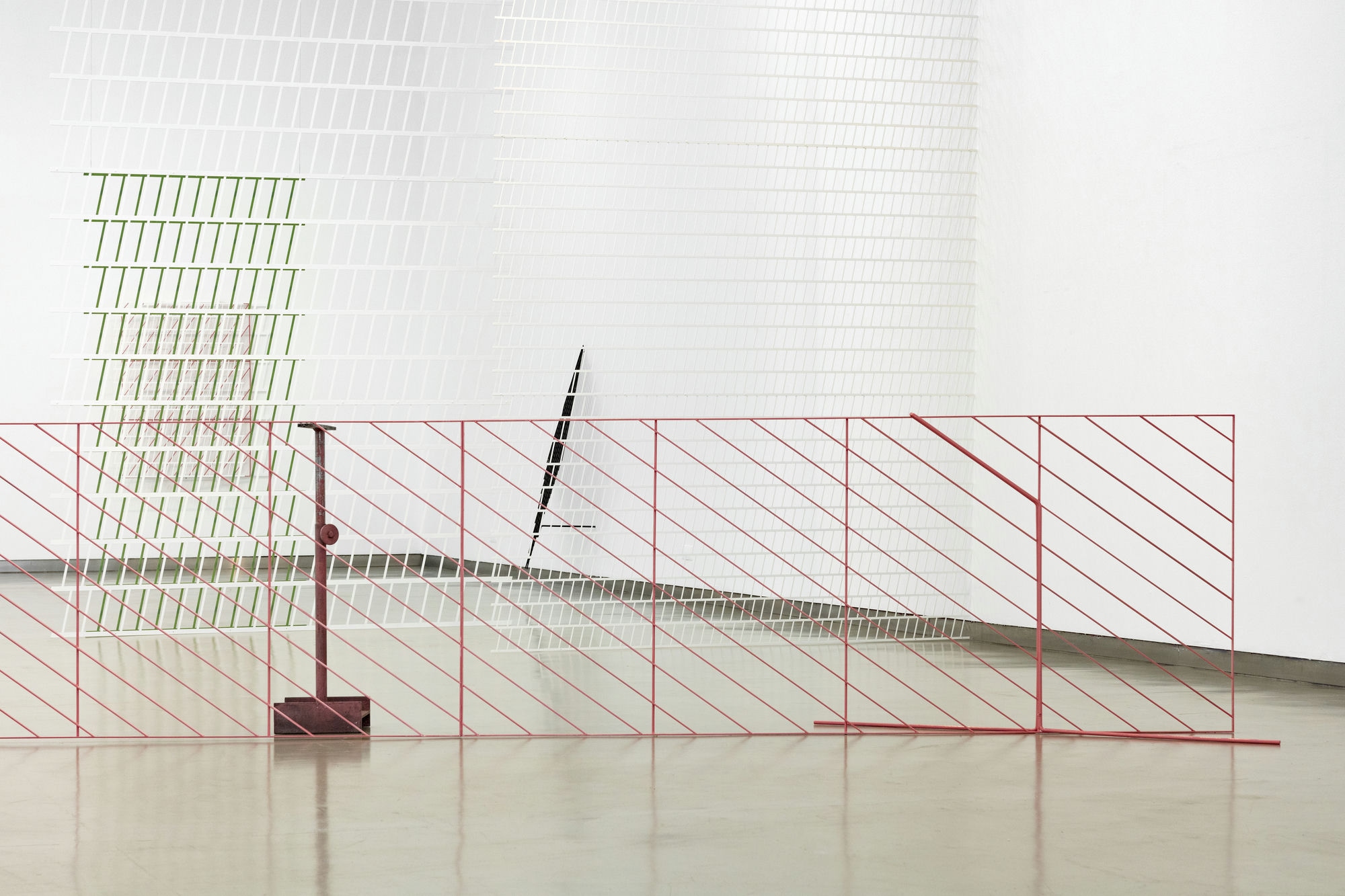


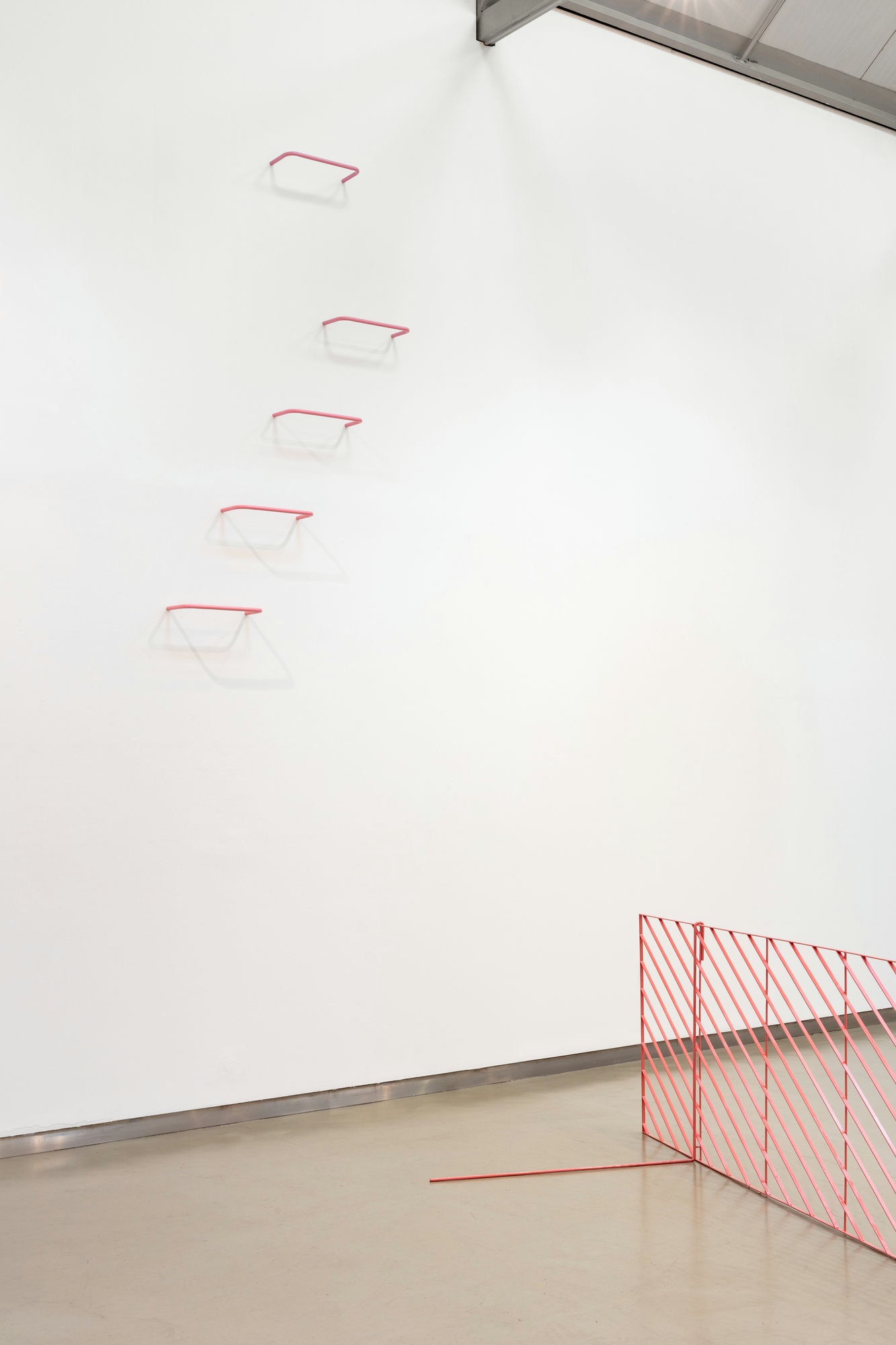

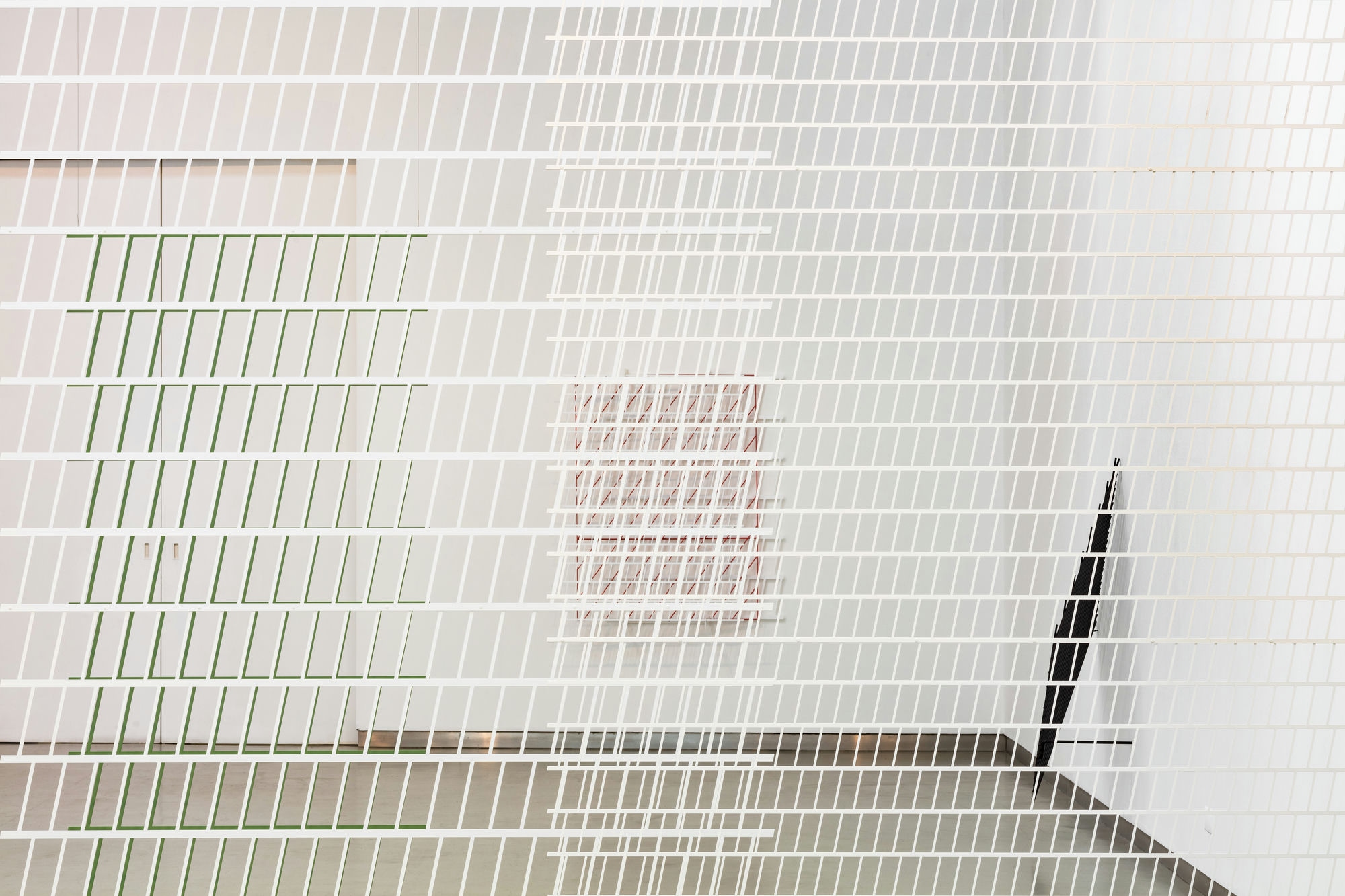


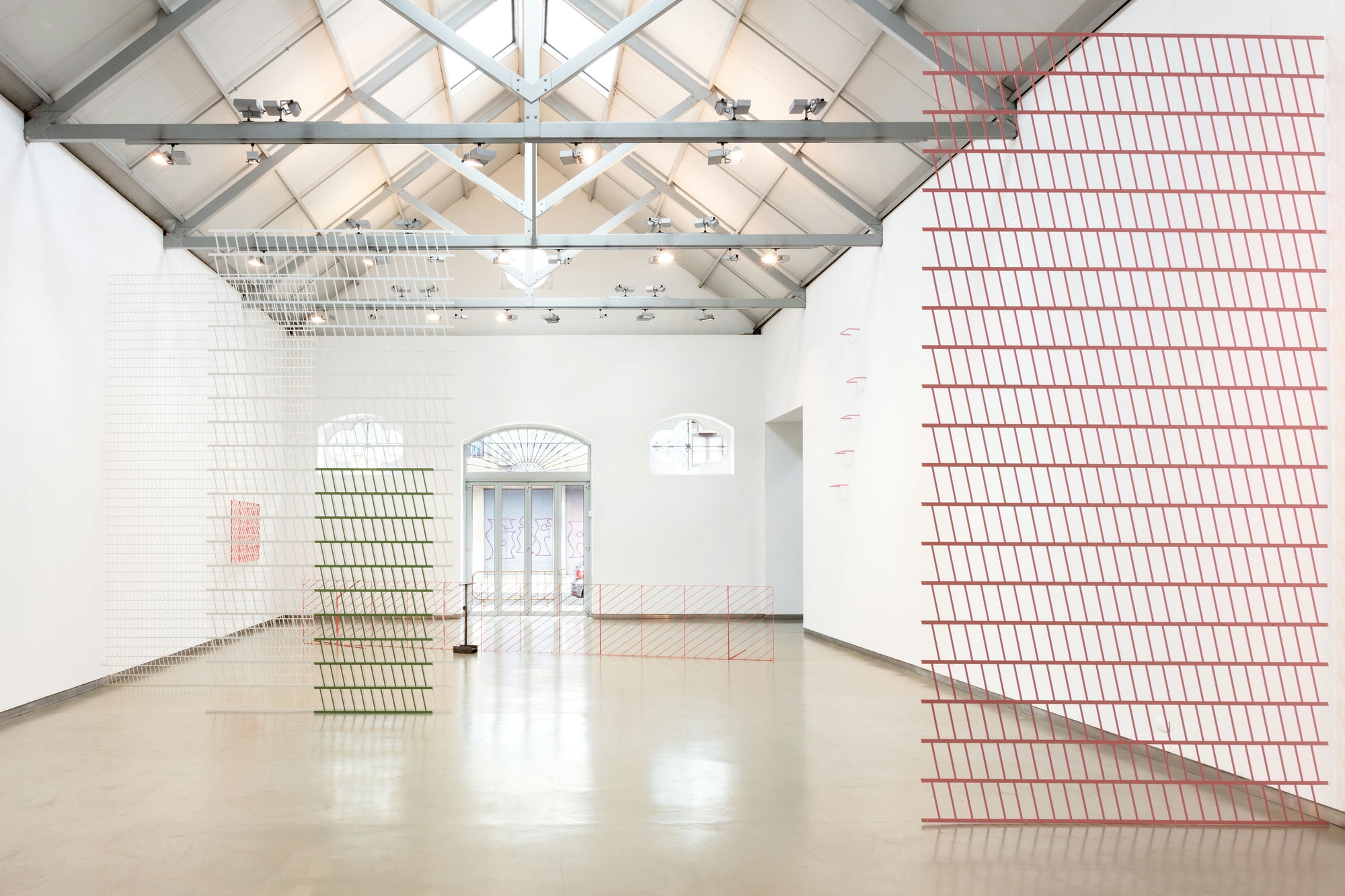
 Photos: António Jorge Silva
Photos: António Jorge Silva—
Works
Processo
Solo exhibition, MEIAC Santo Tirso, 2018
Curated by Álvaro Moreira
Photos: António Jorge Silva
—
Works
Demo
Solo exhibition, ARRATIA BEAR, Berlin, 2017



Photos: Torben Höke
—
Works
Duplo Negativo
Installation project for Anozero, Biennial of Contemporary Art of Coimbra, Coimbra, 2017



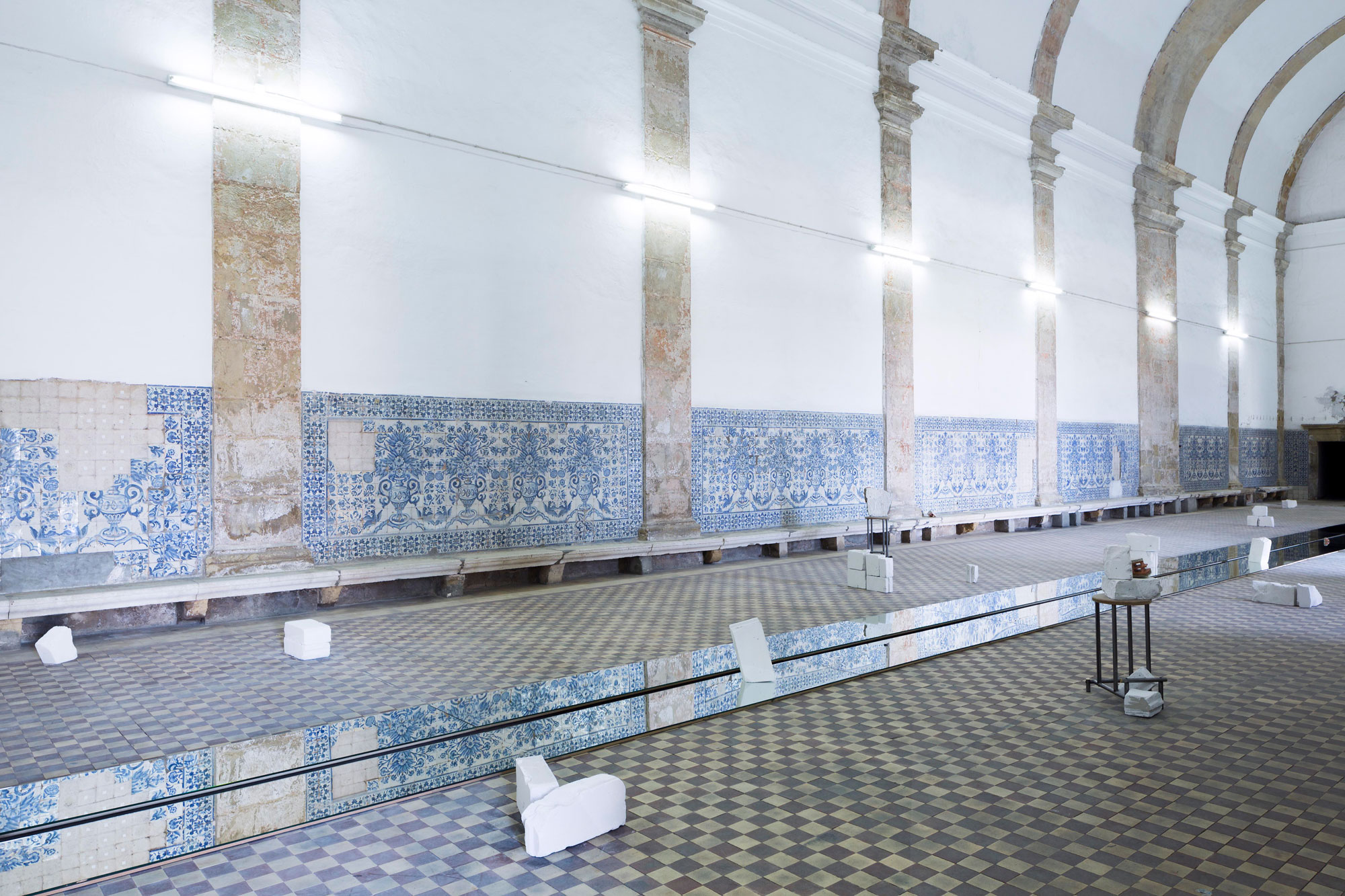

Photos: António Jorge Silva
Fernanda Fragateiro: dos arquivos, à matéria, à construção
Solo exhibition, MAAT, Lisboa, 2017
Curated by Sara Antónia Matos

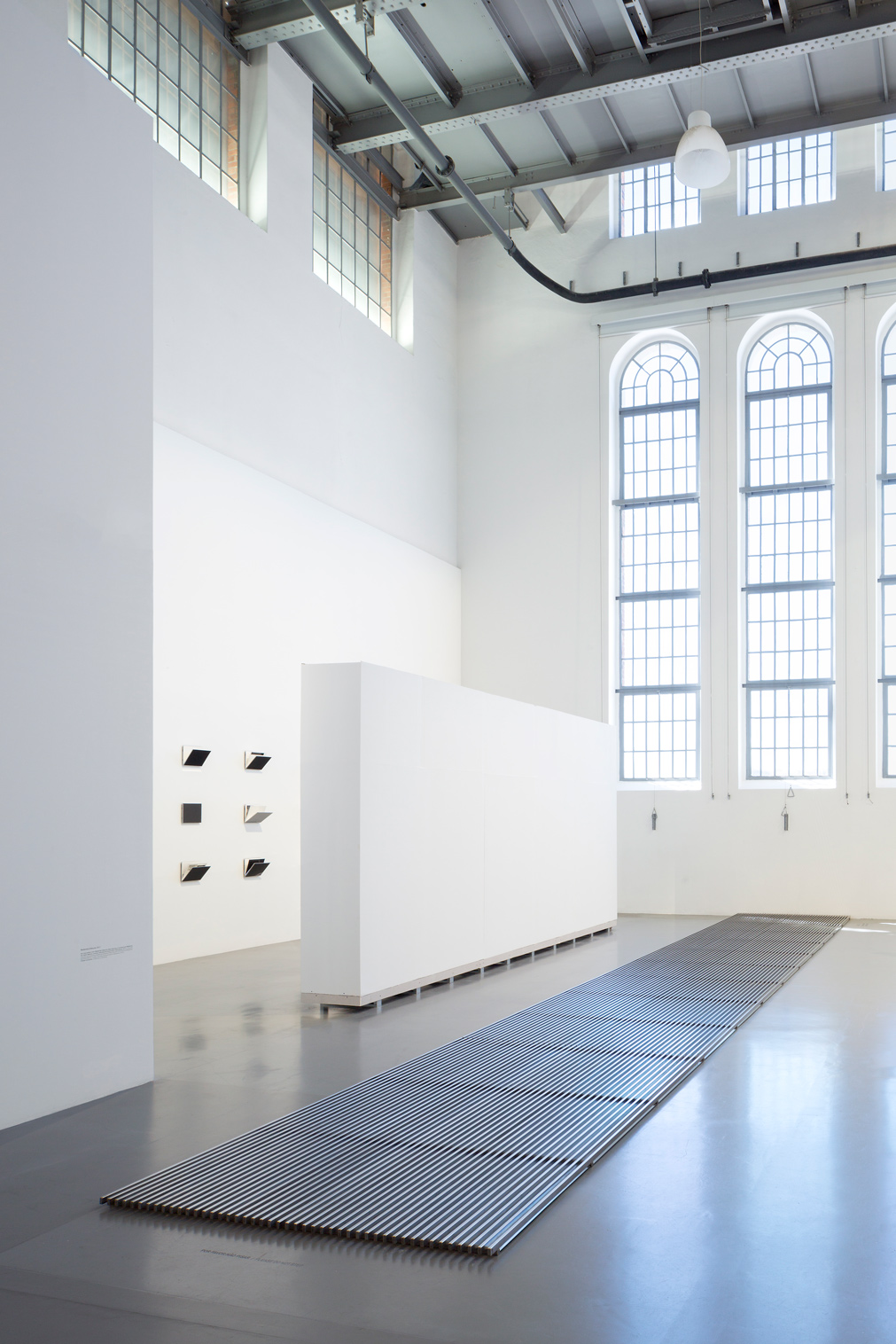


Photos: António Jorge Silva
—
Works
The Reserve of Things in their Latent State
Solo exhibition, Fundação Eugénio de Almeida, Évora, 2017
Curated by Adam Budak



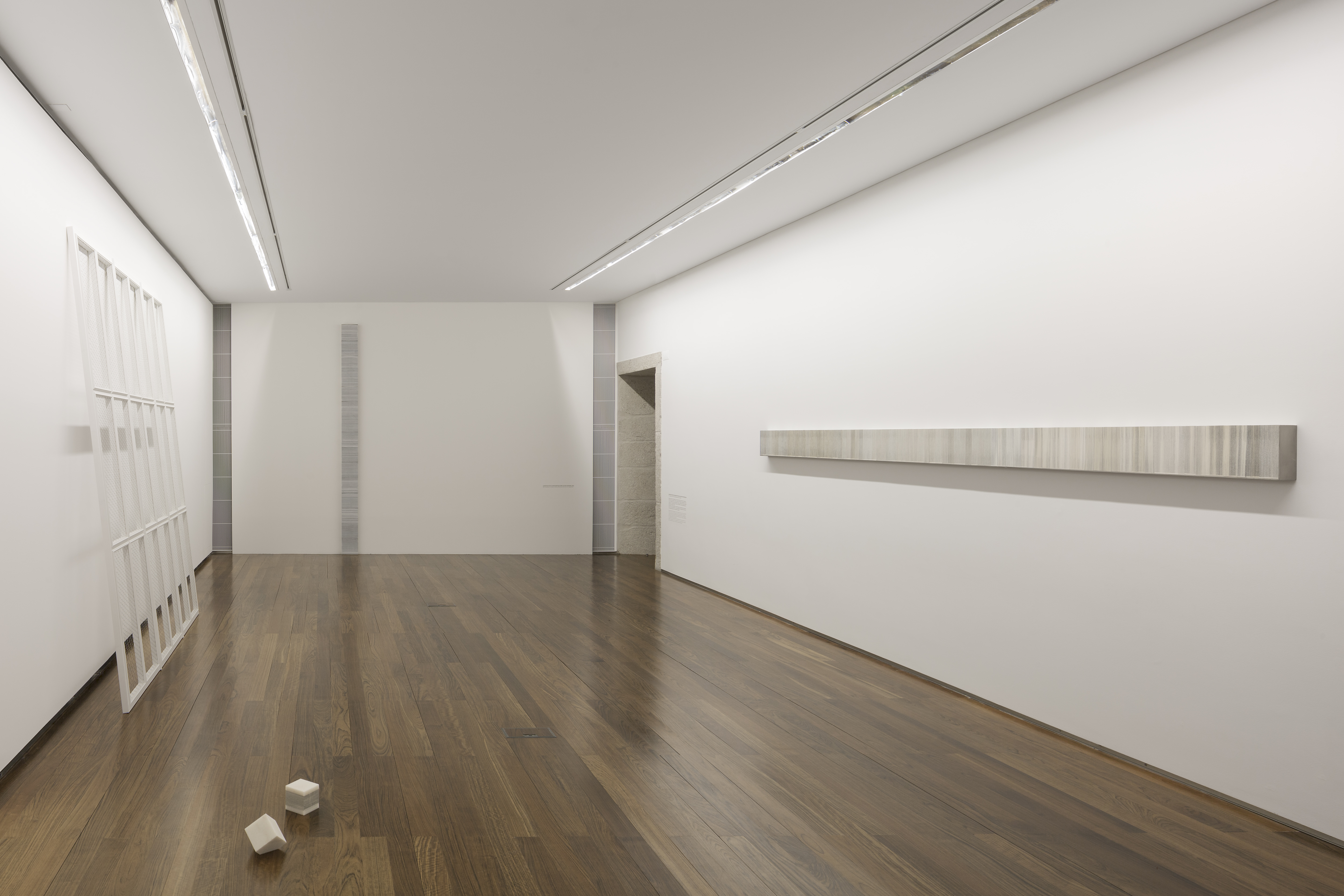
Photos: António Jorge Silva
—
Works
After Lygia Clark
Galería Elba Benitez, Frieze New York 2016, New York, 2016

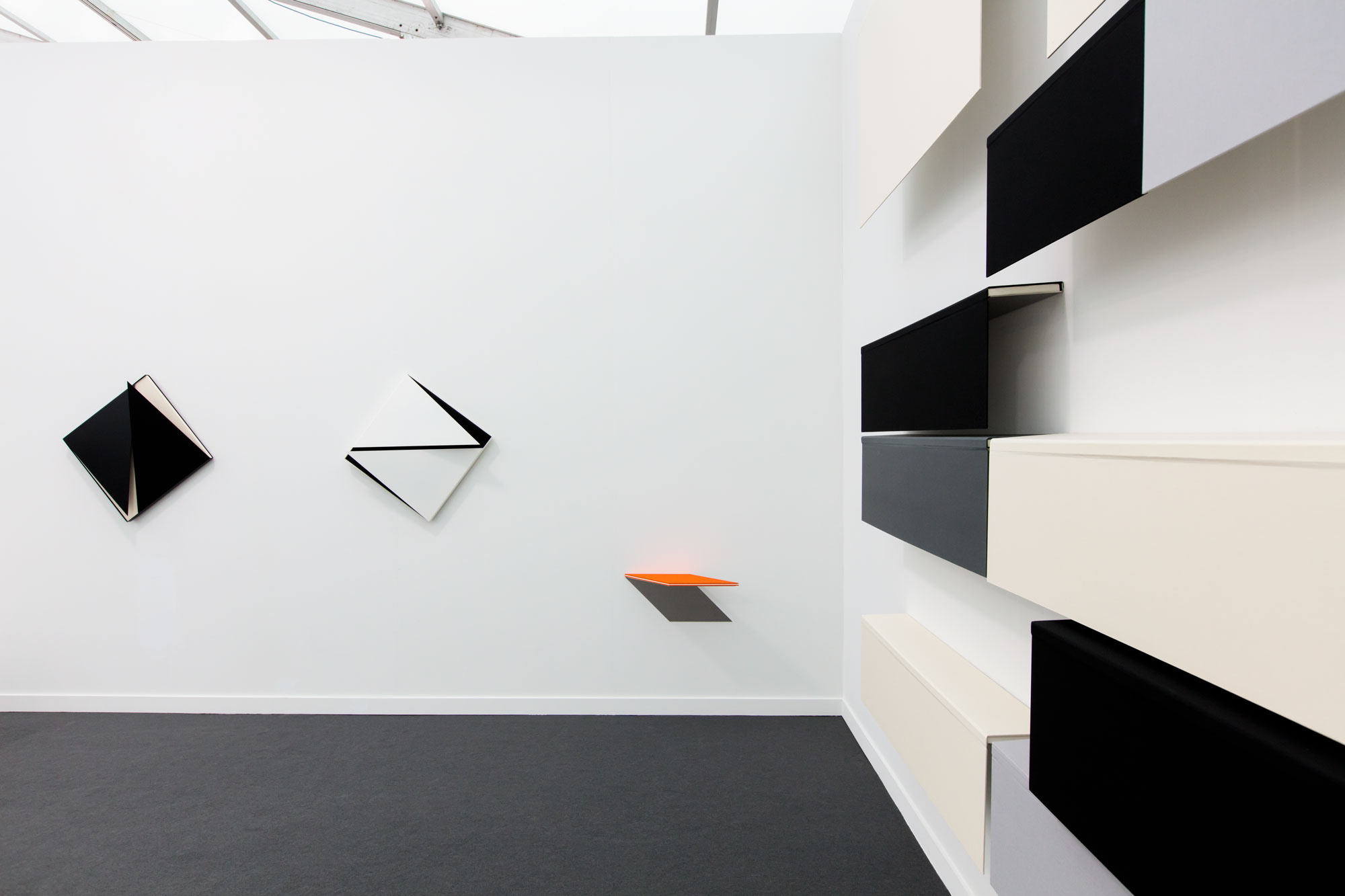
Photos: Kaz Senju
—
Works
Landscape Non-Landscape
Solo exhibition at Studio Sandra Recio, Geneva, Switzerland, 2015

Photo: António Jorge Silva
—
Works
Stones Against Diamonds
Solo exhibition, NC-arte, Bogotá, Colombia, 2014

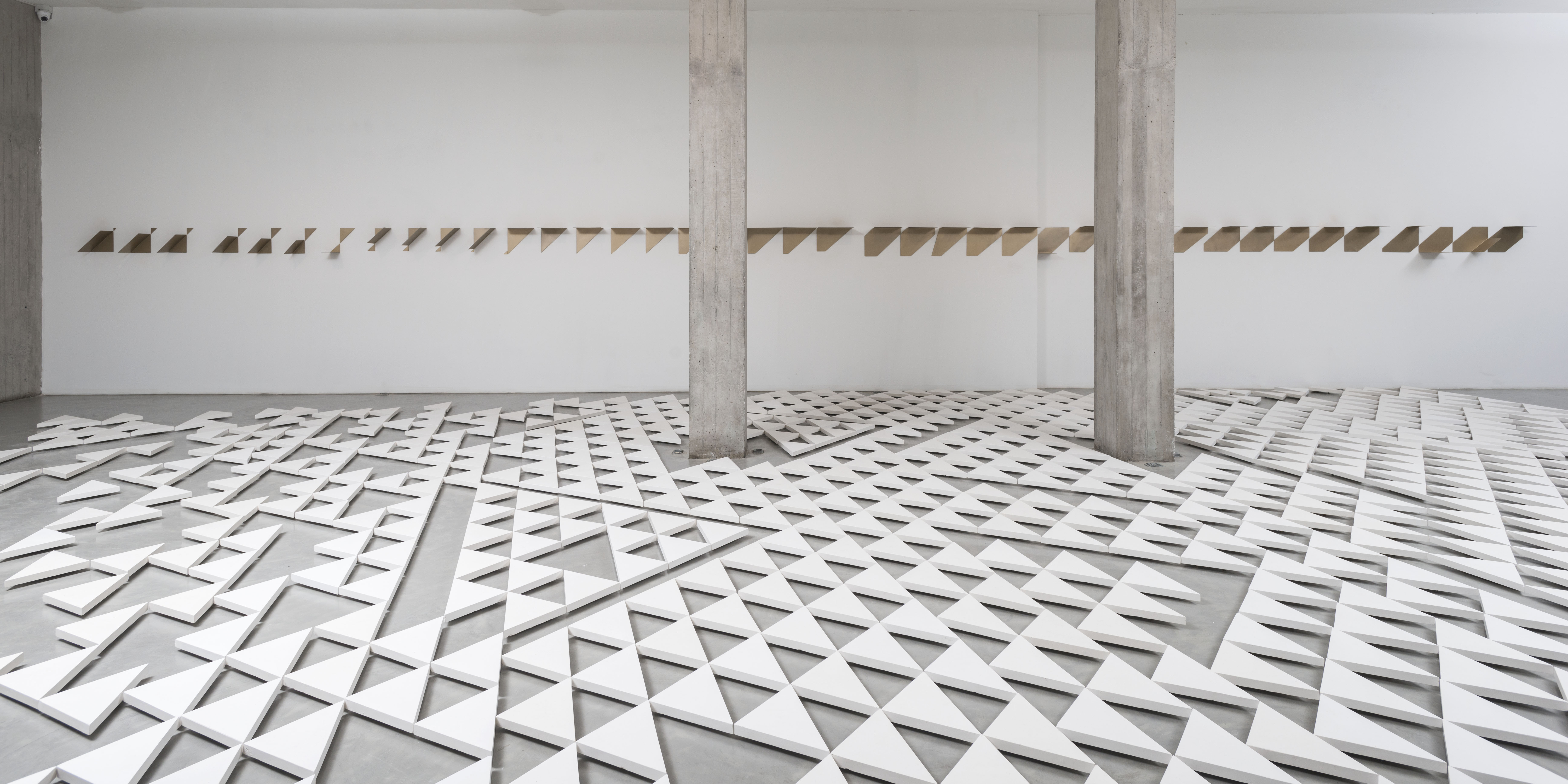


Photos: Oscar Monsalve
—
Works
R9F6PBRANCO
Collaboration between artist Fernanda Fragateiro and architect Rui Mendes.
Exhibition at White Pavillion, City Museum, Lisbon, 2013





Photos: Bruno Lopes
—
Works
Common Front / Frente Común
Solo project at Zona Maco — Mexico Arte Contemporáneo 2013

Photo: Miguel Ângelo Guerreiro
—
Works
Pensar é Destruir



3200 Terracotta mosaic "Bejmate, Blanc Nacré". Artisanal production, Meknés, Morocco Variable dimensions
Photo: Miguel Ângelo Guerreiro
—
Works
Bildraum
Solo exhibition, ARRATIA BEER, 2009, Berlin








In the process of analyzing and rediscovering a historical context, Fragateiro comes to embody it in her sculptures, reiterating and modifying its aesthetics as she suggests alterations to its history. It is this strategy that forms the basis for several pieces in Bildraum, her series of work from 2009-10: that draws on the work and biography of the German designer and architect Lilly Reich (1885-1947).
This personal and design history- intertwined inextricably with Mies’, encompassing assistance and collaboration in overlapping venues and with similar styles - has never been fully clarified. As Christiane Lange writes in Ludwig Mies van der Rohe & Lilly Reich: Furniture and Interiors, “they developed a common creative use of forms that they repeated and varied,” but these designs have been attributed predominantly to Mies.
This personal and design history- intertwined inextricably with Mies’, encompassing assistance and collaboration in overlapping venues and with similar styles - has never been fully clarified. As Christiane Lange writes in Ludwig Mies van der Rohe & Lilly Reich: Furniture and Interiors, “they developed a common creative use of forms that they repeated and varied,” but these designs have been attributed predominantly to Mies.
Photos: Astrid Busch
—
